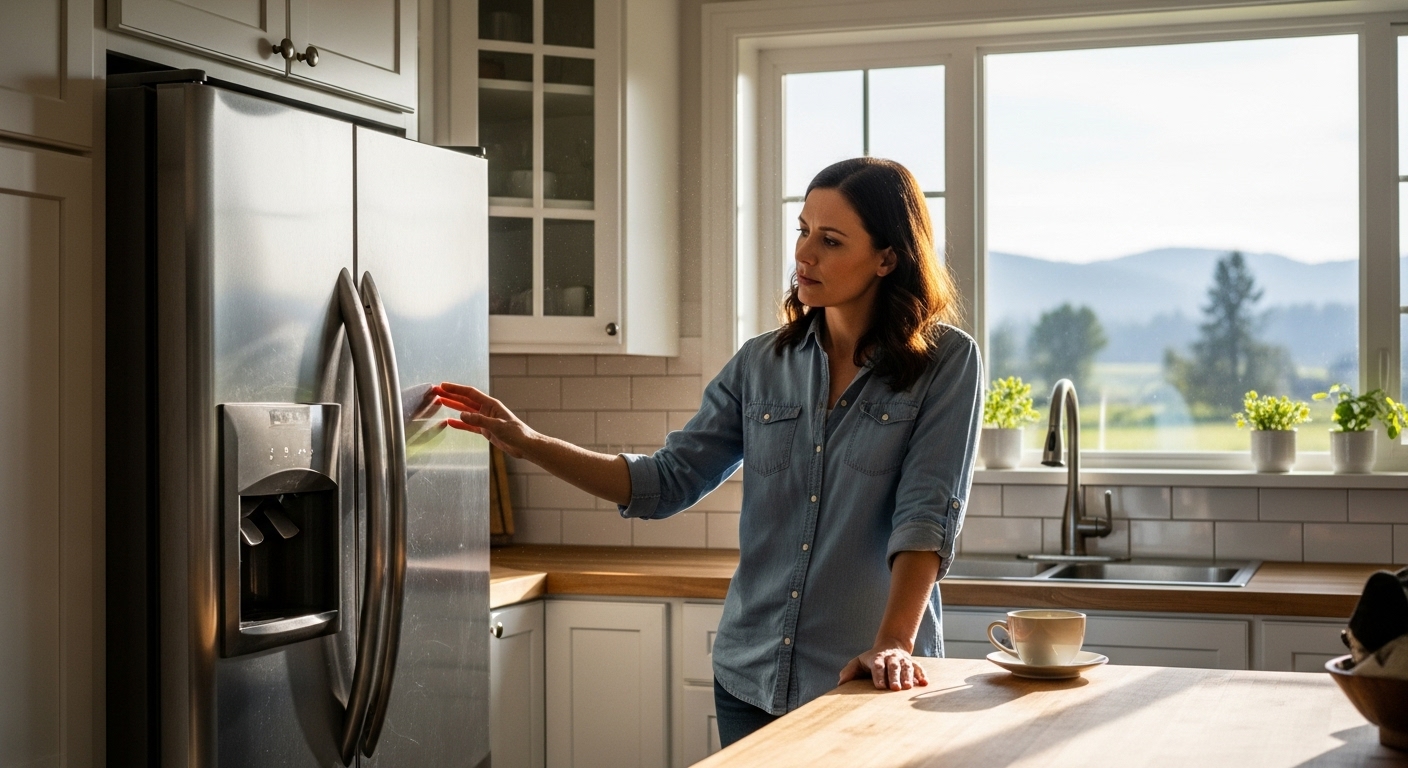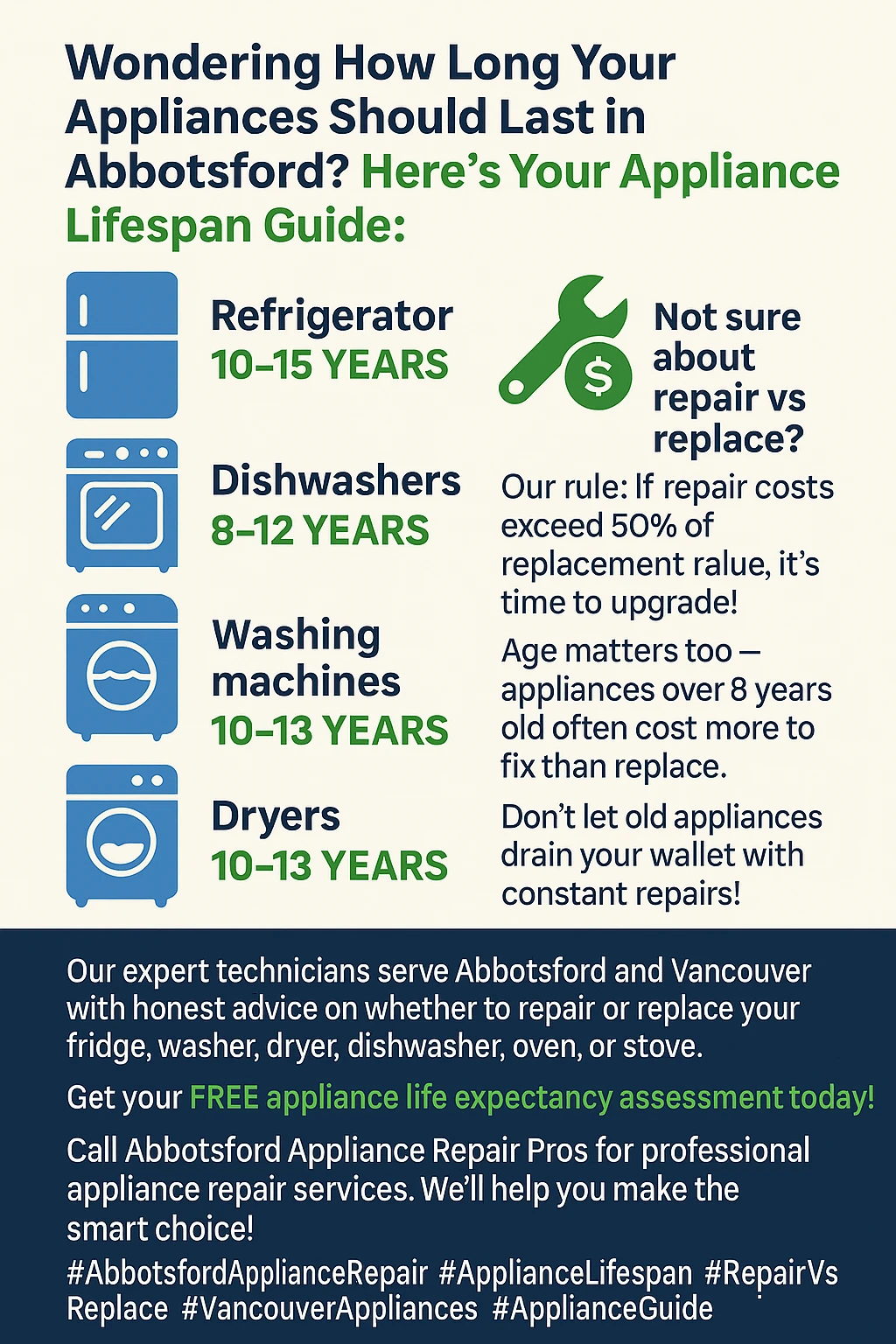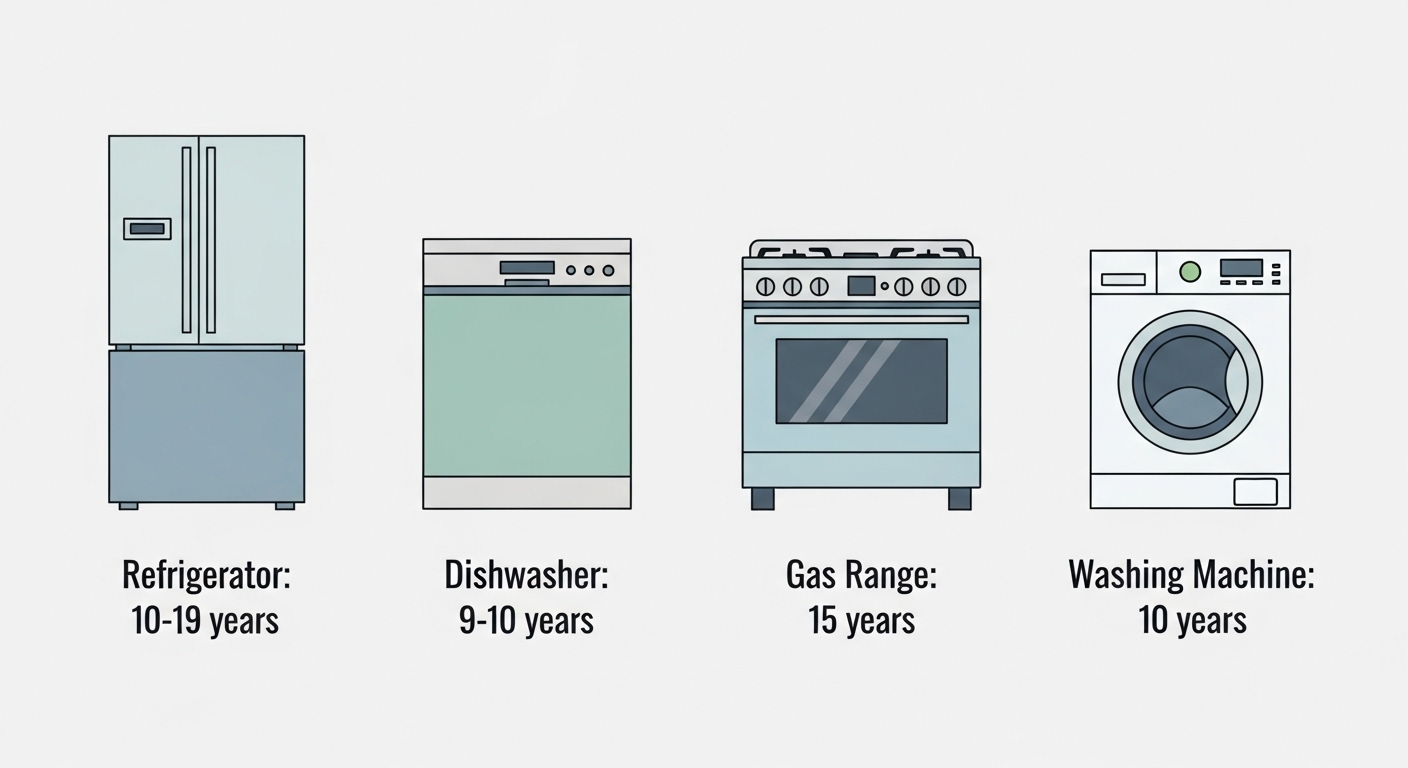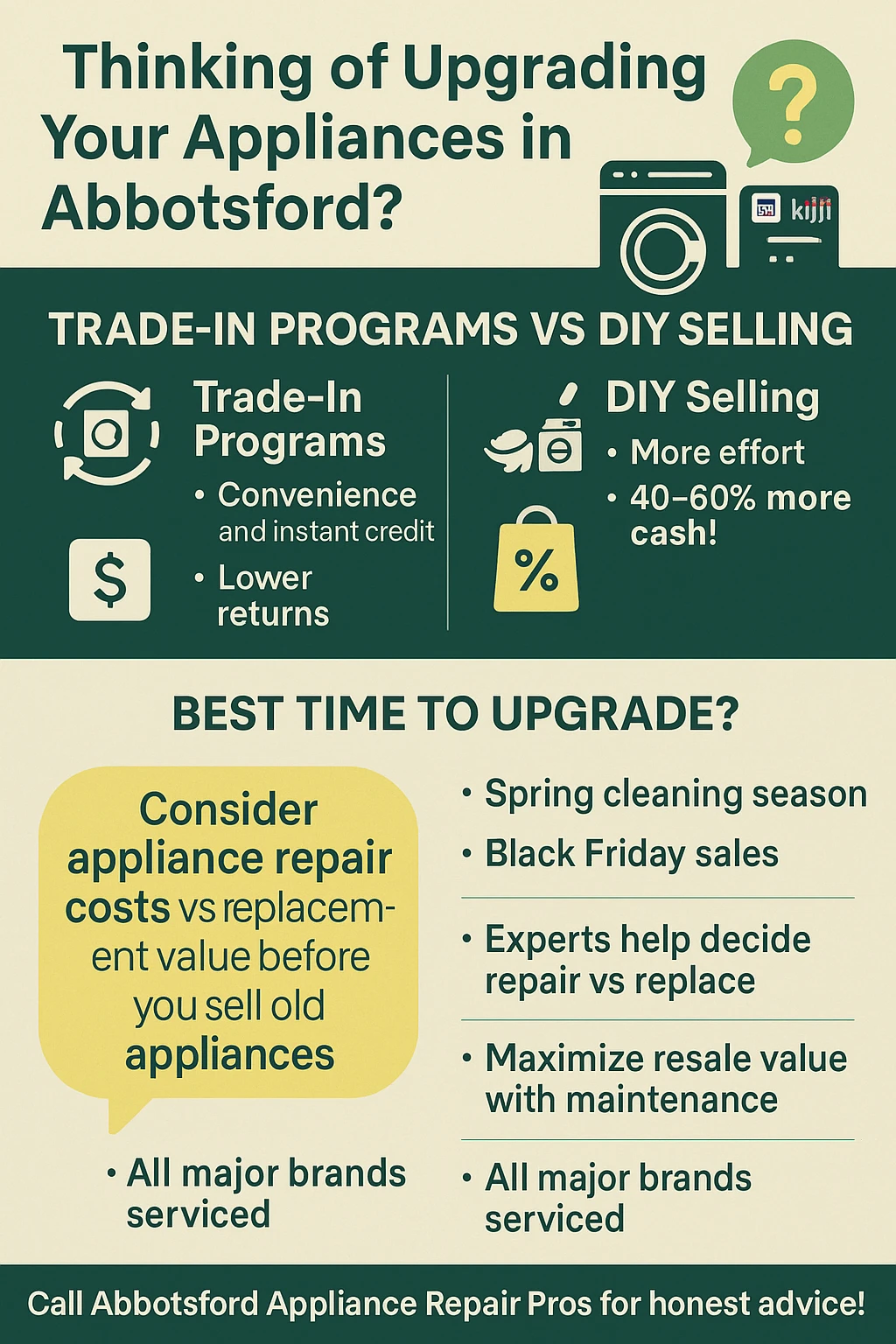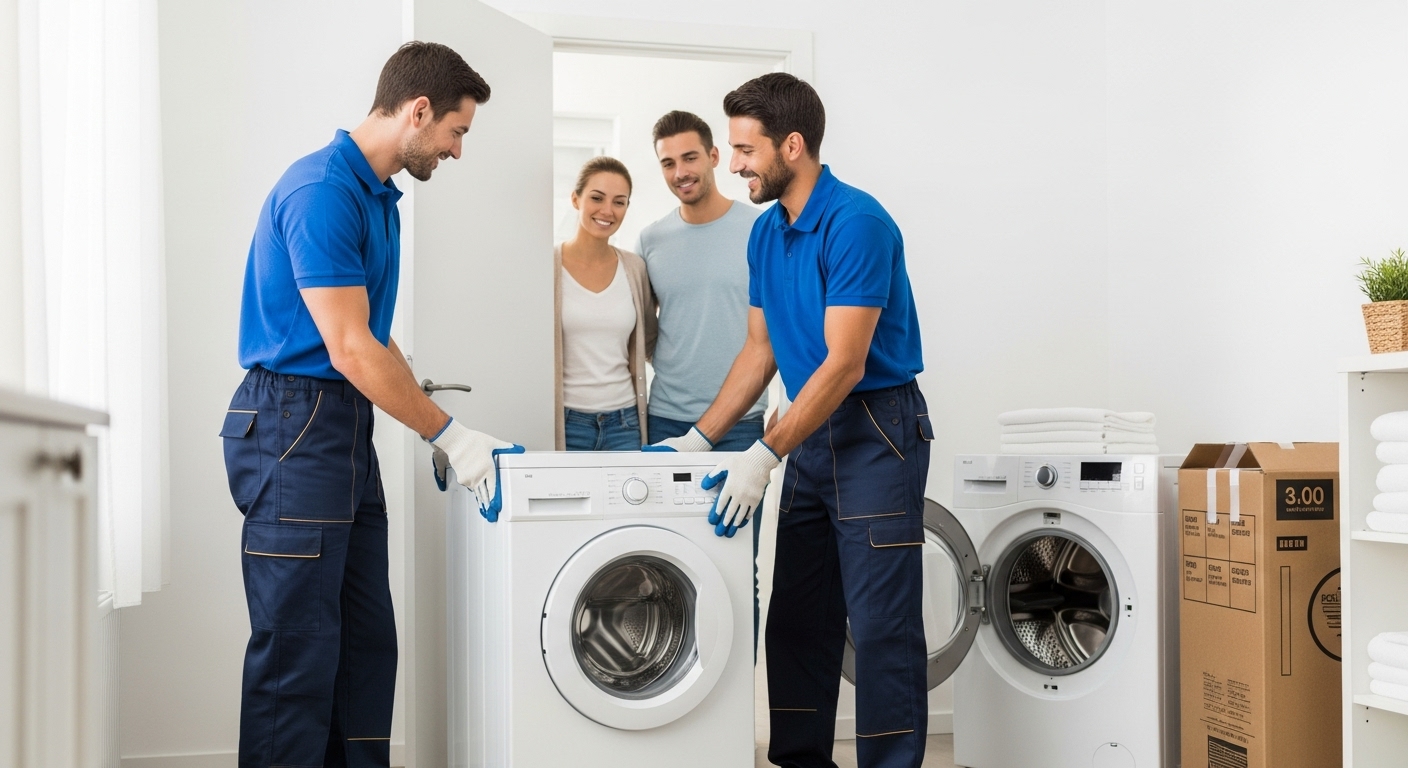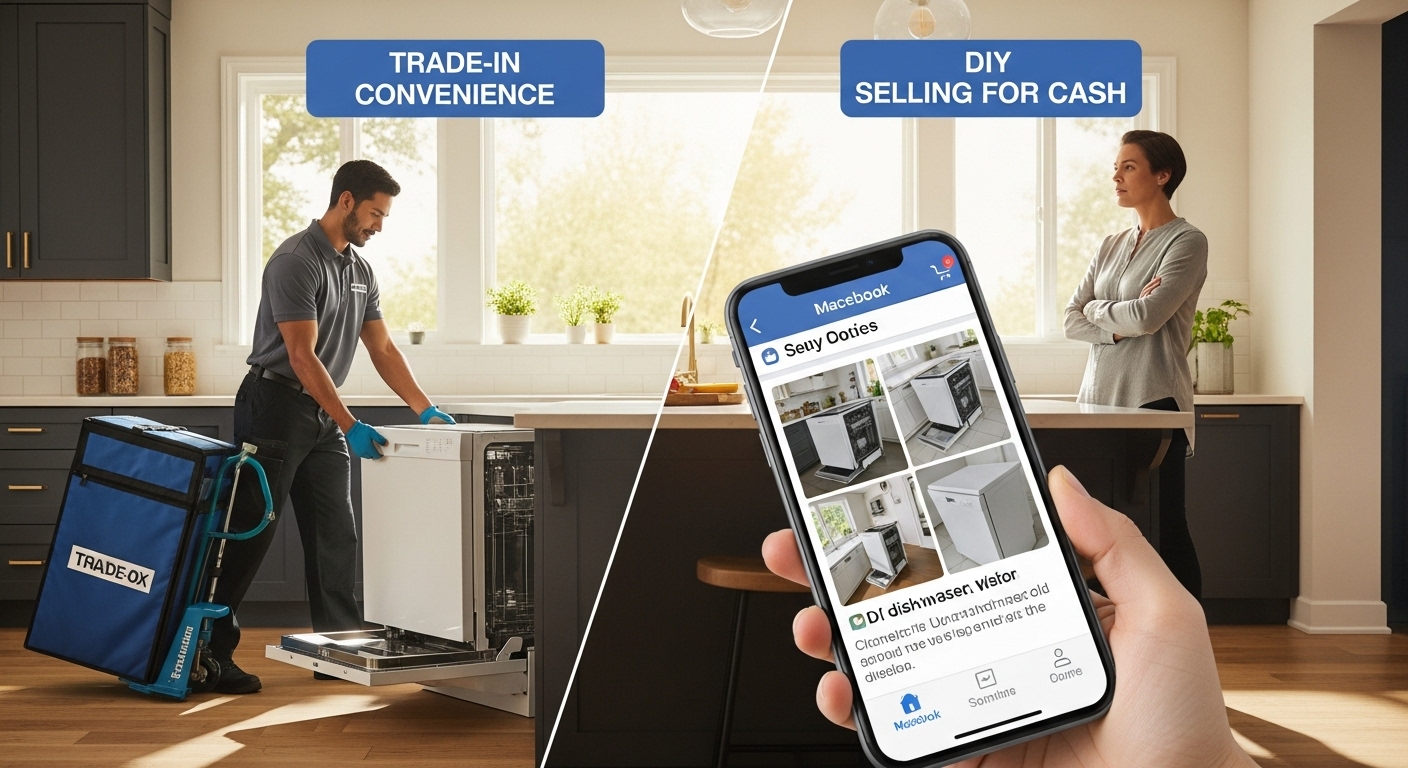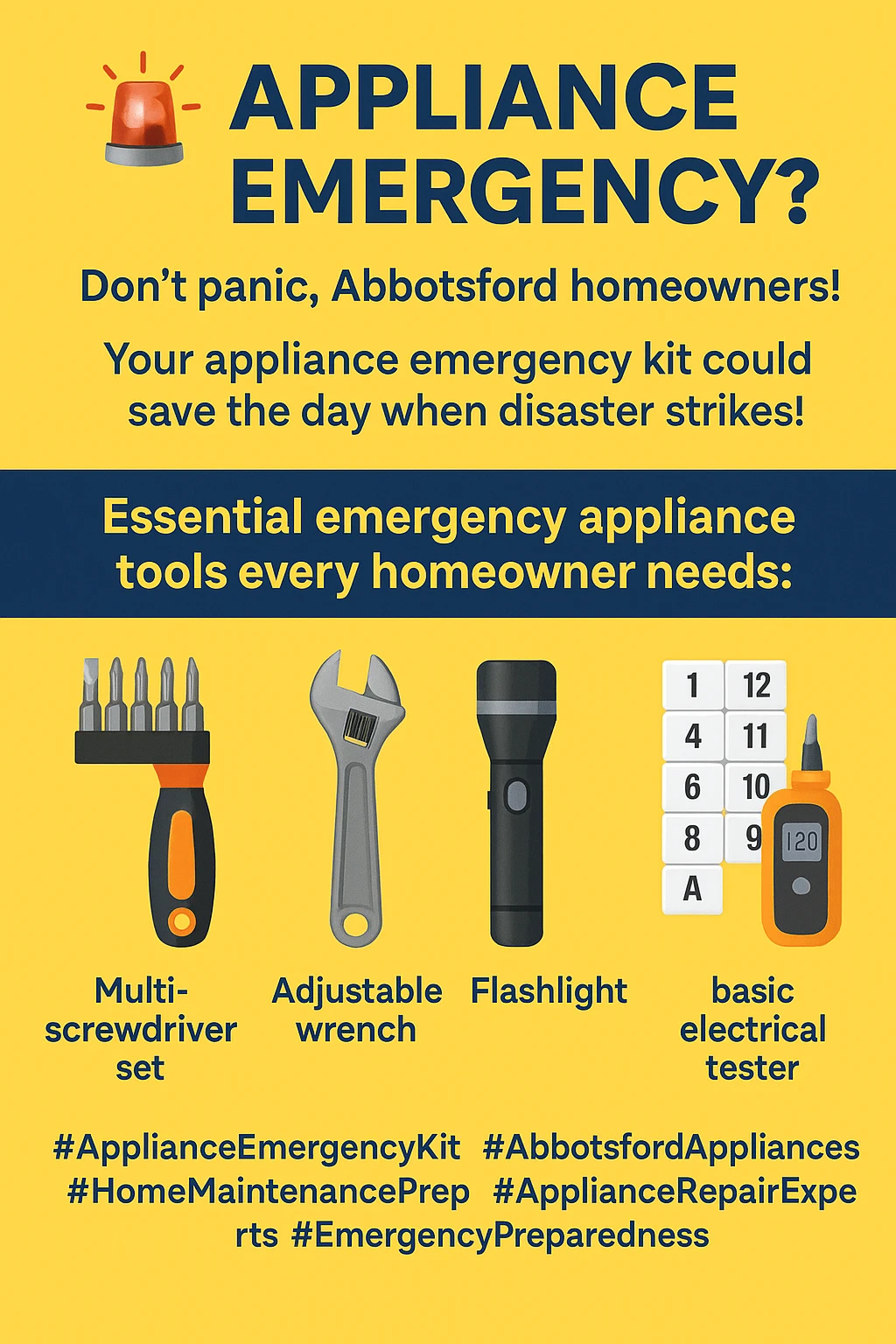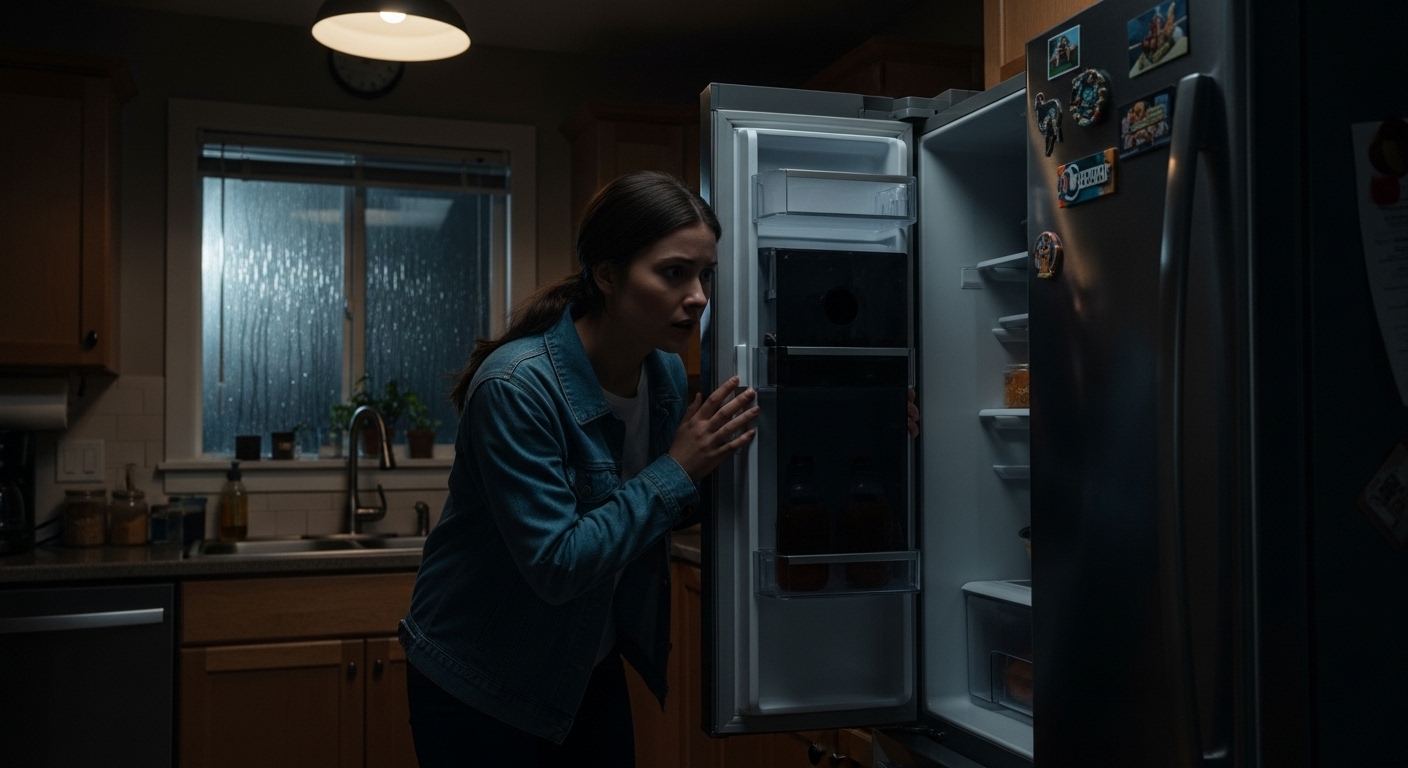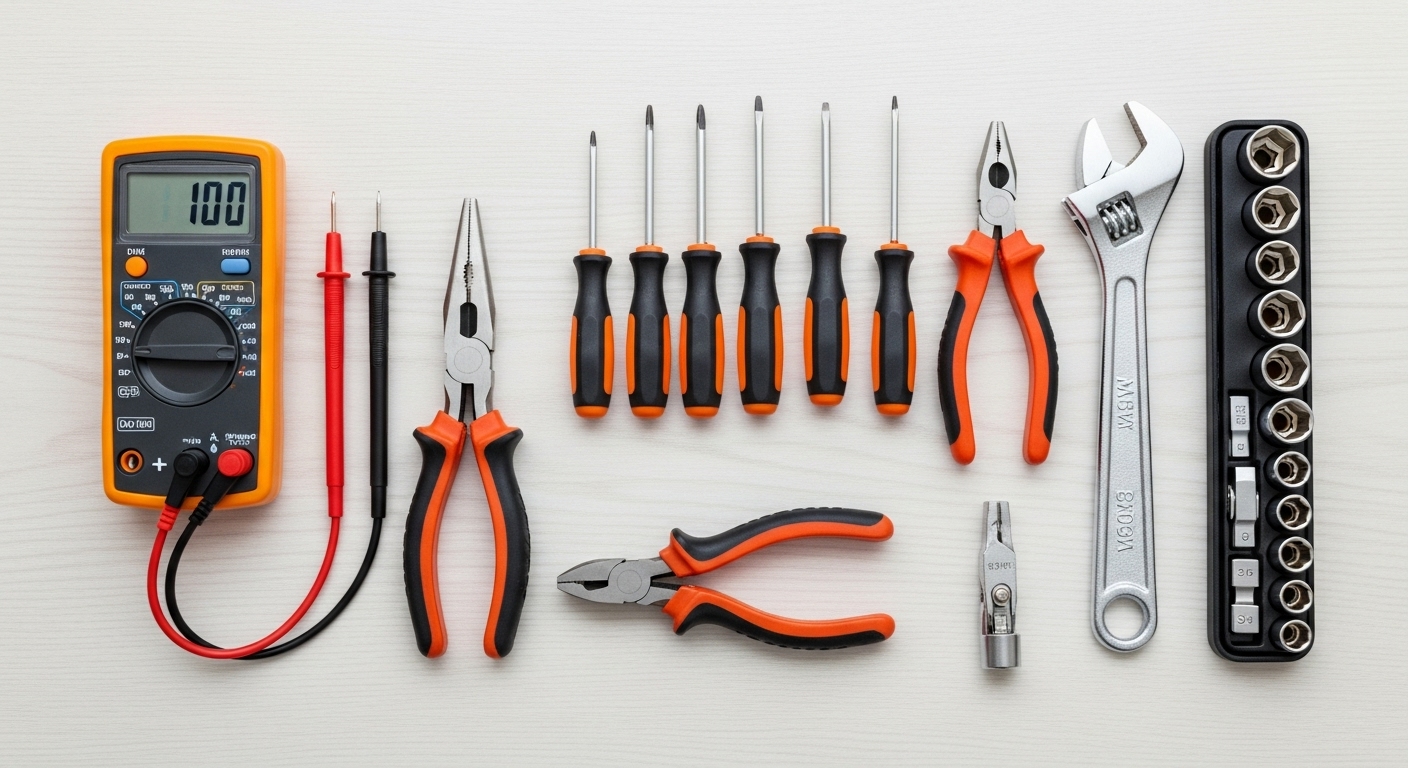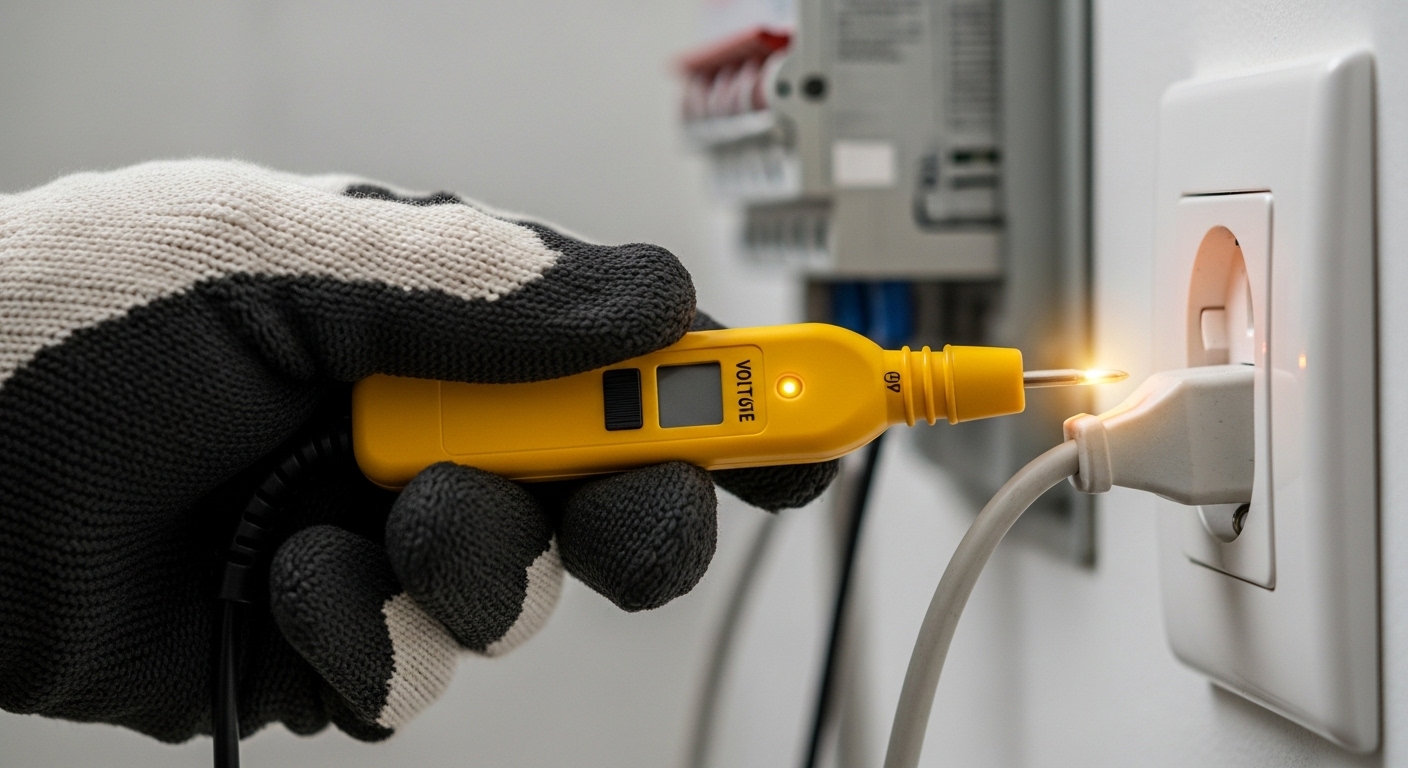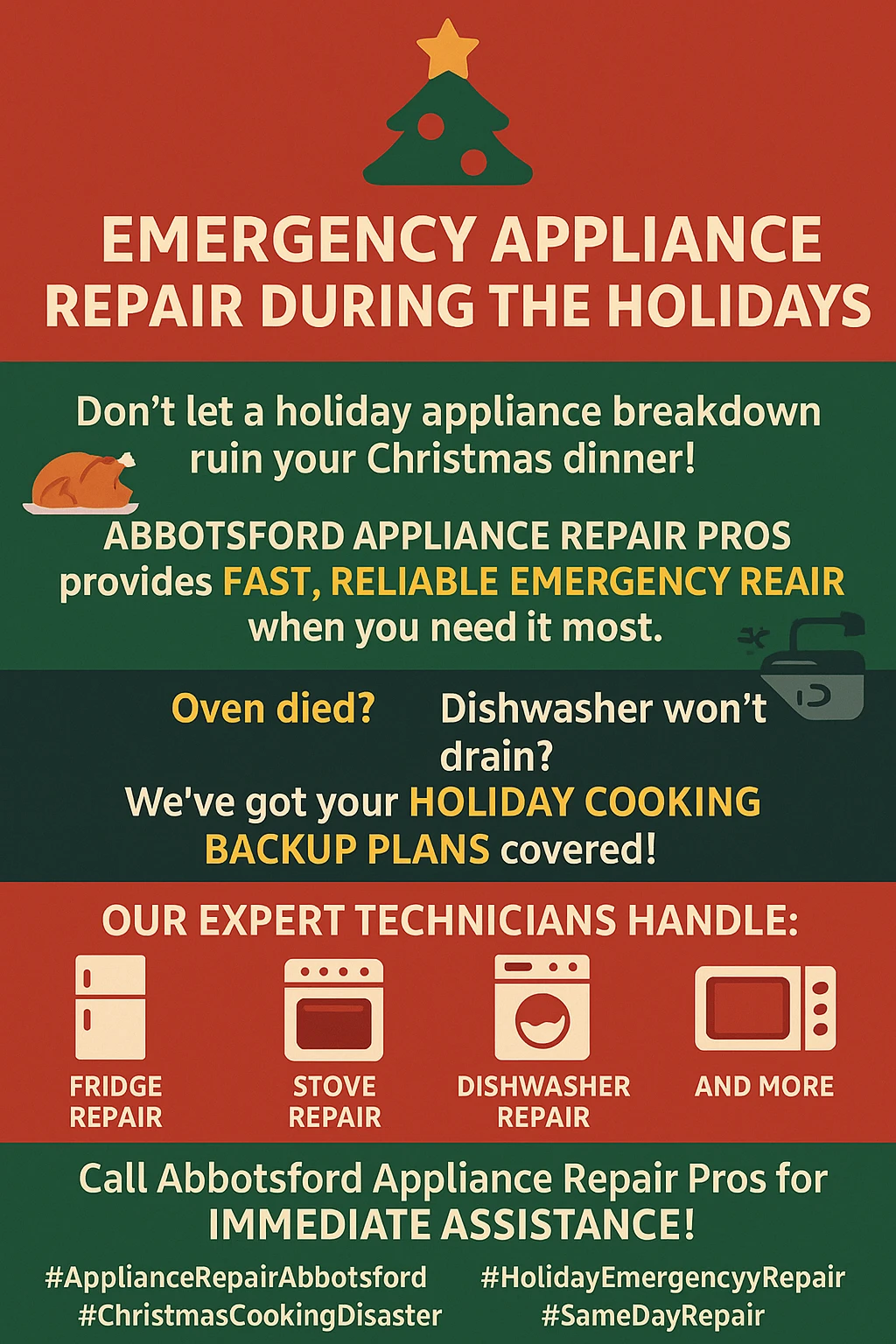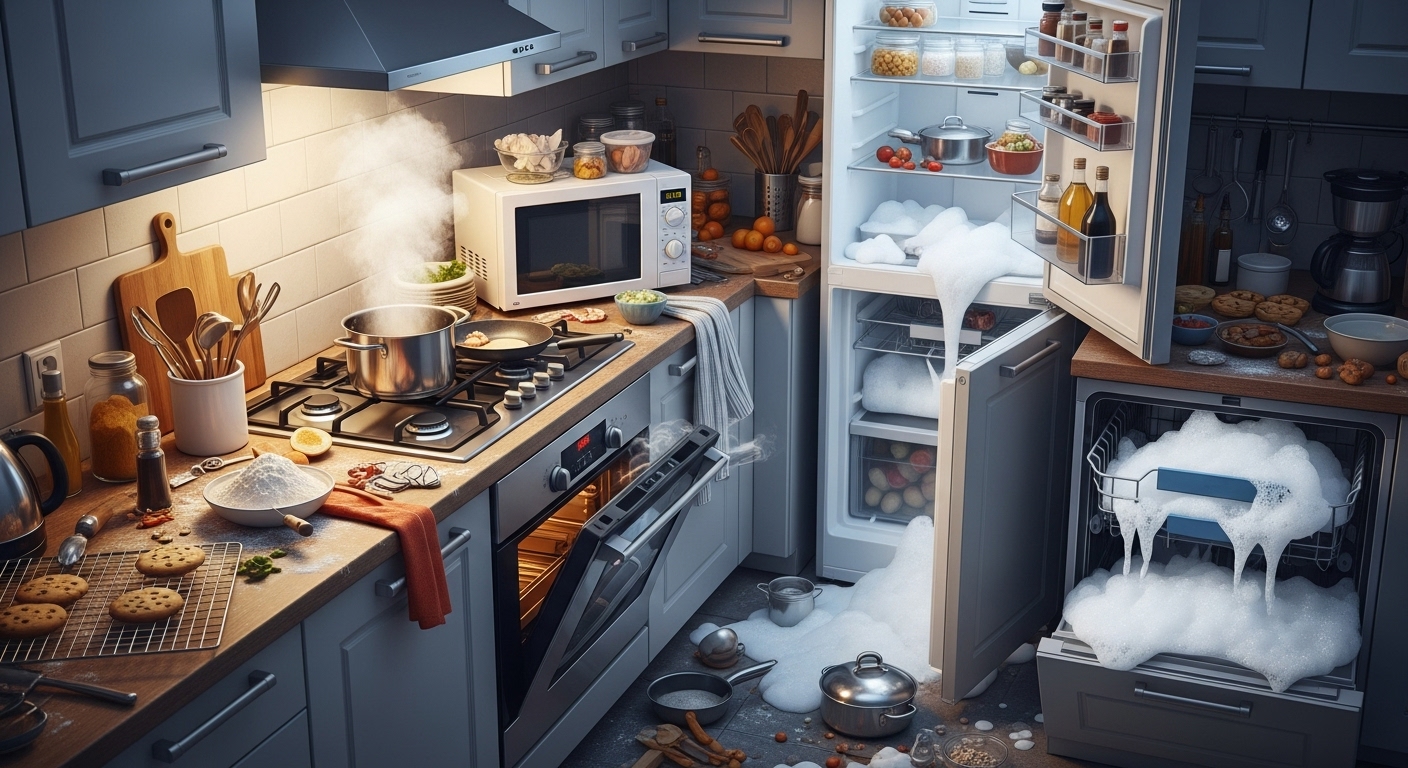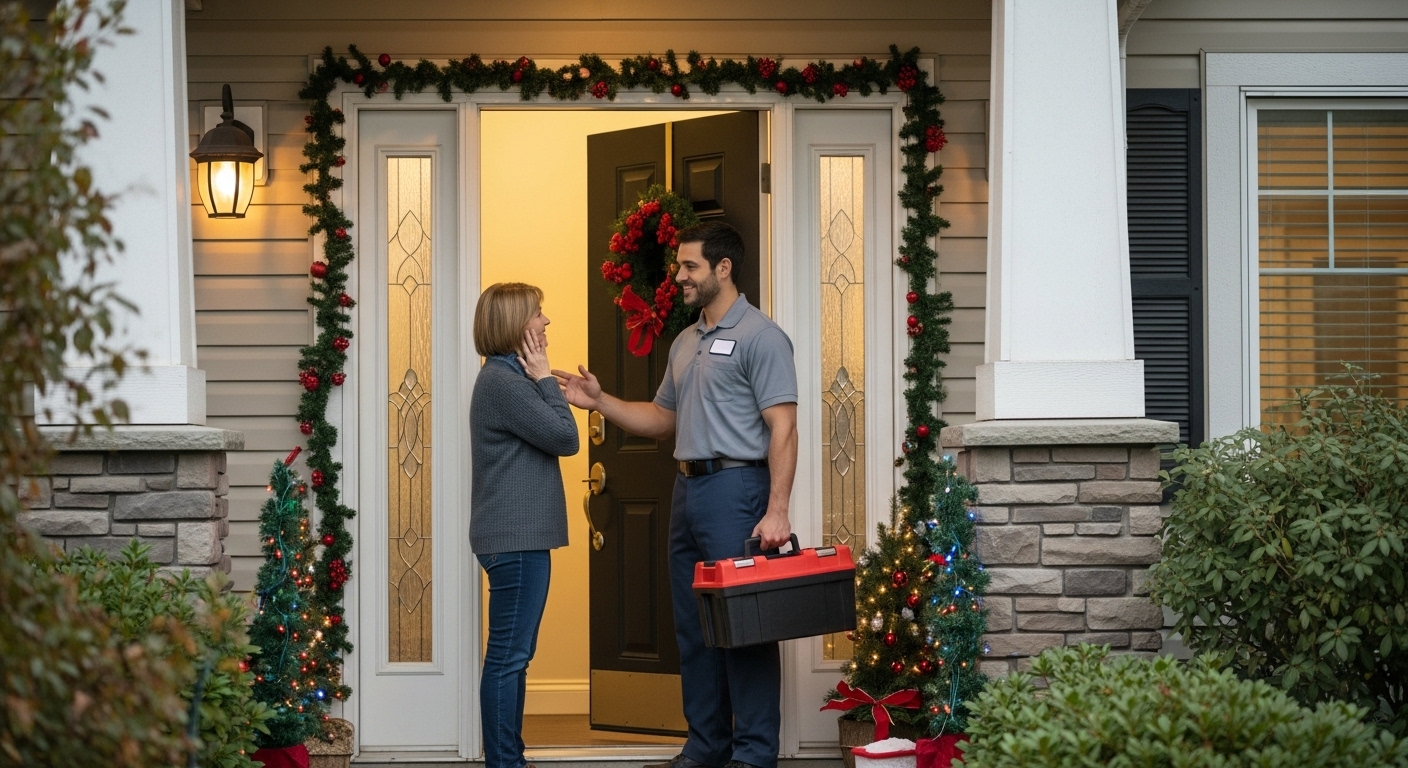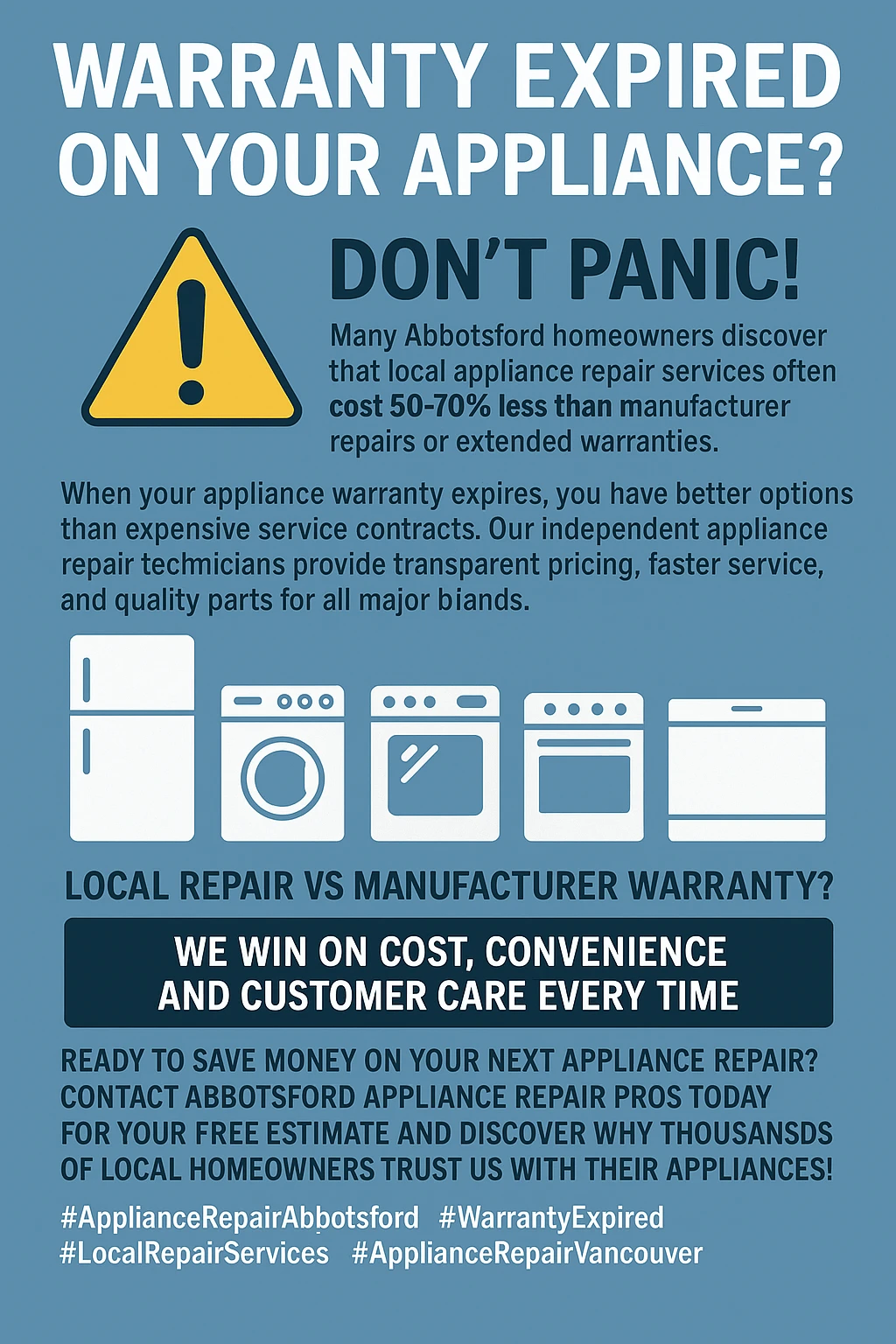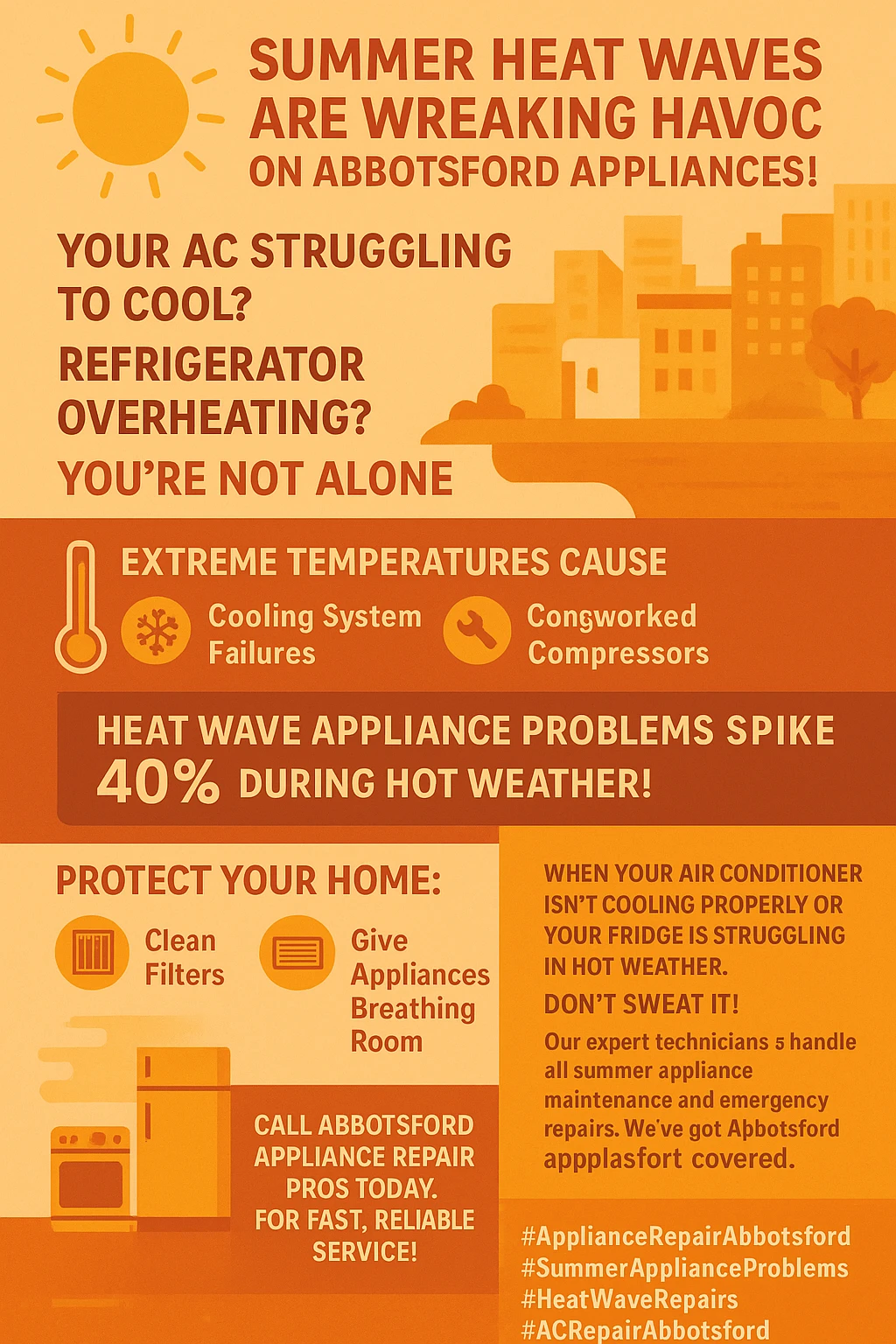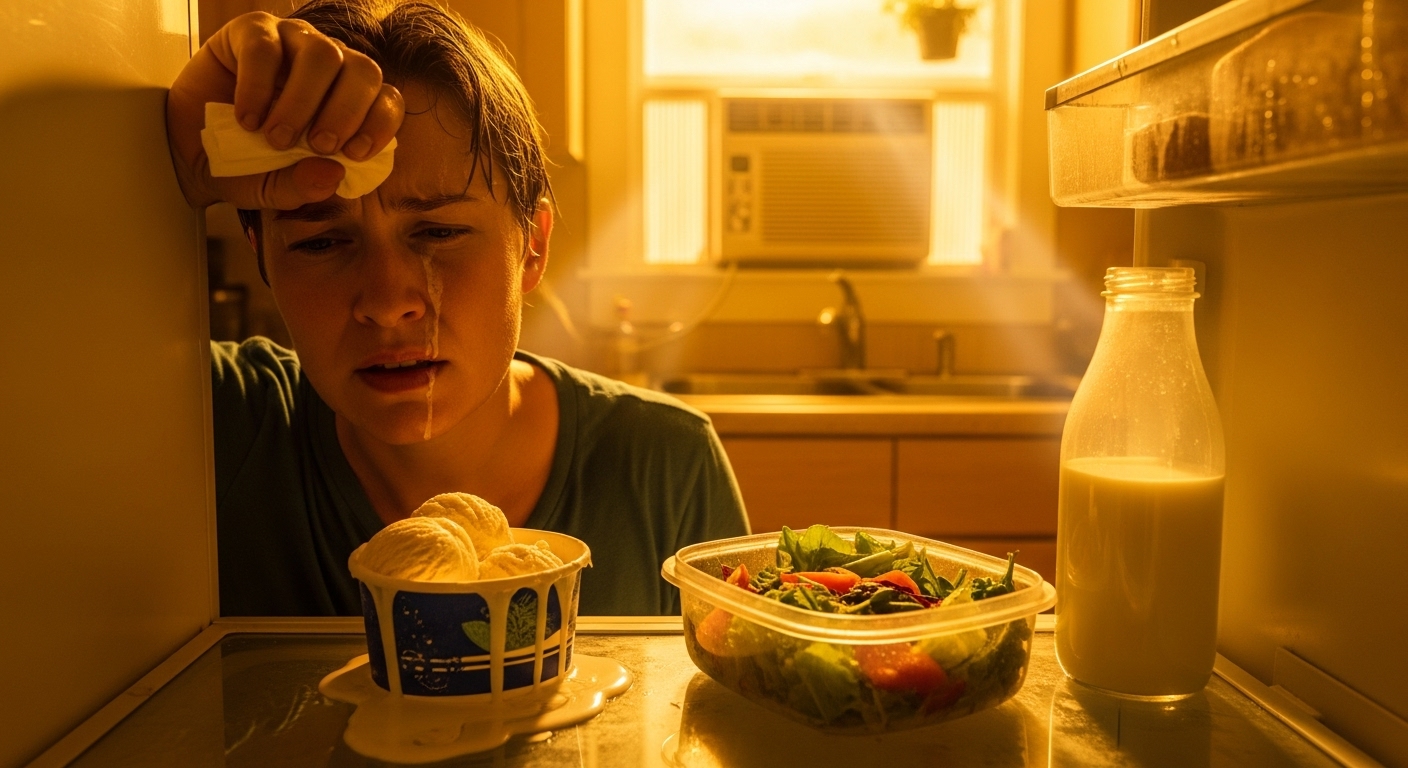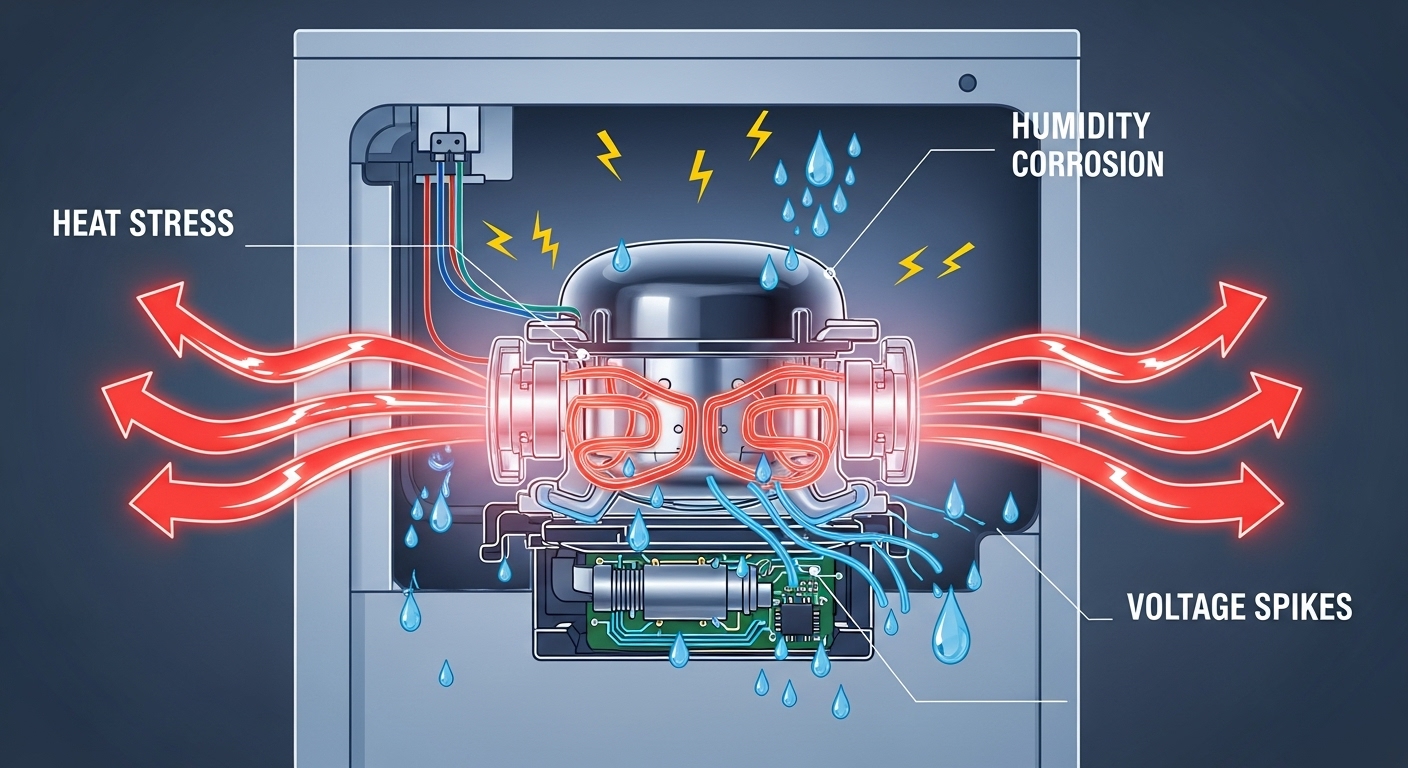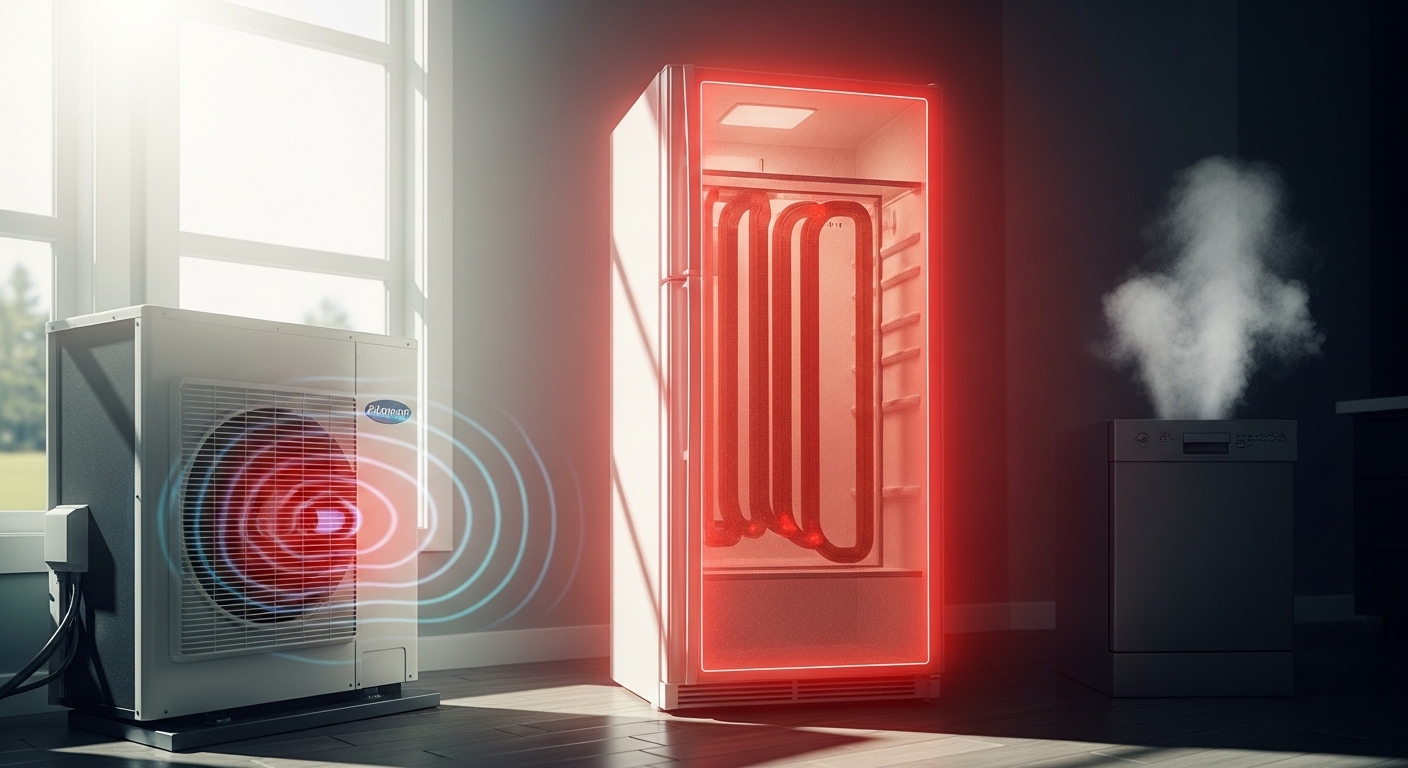Why Your Appliances Are Breaking Down More Often: The Hidden Connection Between Abbotsford’s Hard Water and Appliance Failure
Ever wonder why your dishwasher started leaving spots on glasses just a year after purchase, or why your water heater died way earlier than expected? The culprit might be flowing right out of your kitchen tap – hard water is silently destroying Abbotsford appliances faster than most homeowners realize, and it’s costing you way more money than just the repair bills.
Okay, so here’s the deal – I used to think my appliances just had bad luck. My dishwasher started making weird noises after 18 months, my washing machine developed this funky smell, and don’t even get me started on the crusty buildup around my coffee maker. Turns out, all these “coincidences” had one thing in common: hard water was slowly but surely wrecking everything in my home that used water.
Living in Abbotsford, we’re actually pretty lucky with our water quality compared to other places, but that doesn’t mean we’re completely off the hook. The thing is, even moderately hard water can slash your appliance lifespan in half – we’re talking about water heaters dying at 6.5 years instead of their expected 13-year lifespan. And if you live in certain parts of town, like Sumas Prairie or south of Highway 1, you might be getting harder water when the city’s backup wells kick in.
What’s really frustrating is that most people don’t connect the dots between their water and their constantly breaking appliances. You shell out thousands for a new dishwasher, only to watch it struggle with the same mineral buildup that killed its predecessor. Meanwhile, your energy bills creep up because everything has to work harder through all that scale buildup, and you’re buying way more dish soap and laundry detergent just to get decent results.
Key Outtakes:
- Hard water reduces appliance lifespan by 30-50%, with water heaters failing as early as 1.6 years versus their expected 11-13 year lifespan
- Mineral buildup costs Abbotsford households an average of $800 annually in increased energy bills, repairs, and premature replacements
- Abbotsford’s mixed water sources create varying hardness levels across different neighborhoods, particularly affecting Sumas Prairie residents
- Professional water softening systems can extend appliance life by up to 100% while reducing energy consumption by 48%
- Early intervention and proper maintenance prevent catastrophic appliance failures that average $4,400 per incident
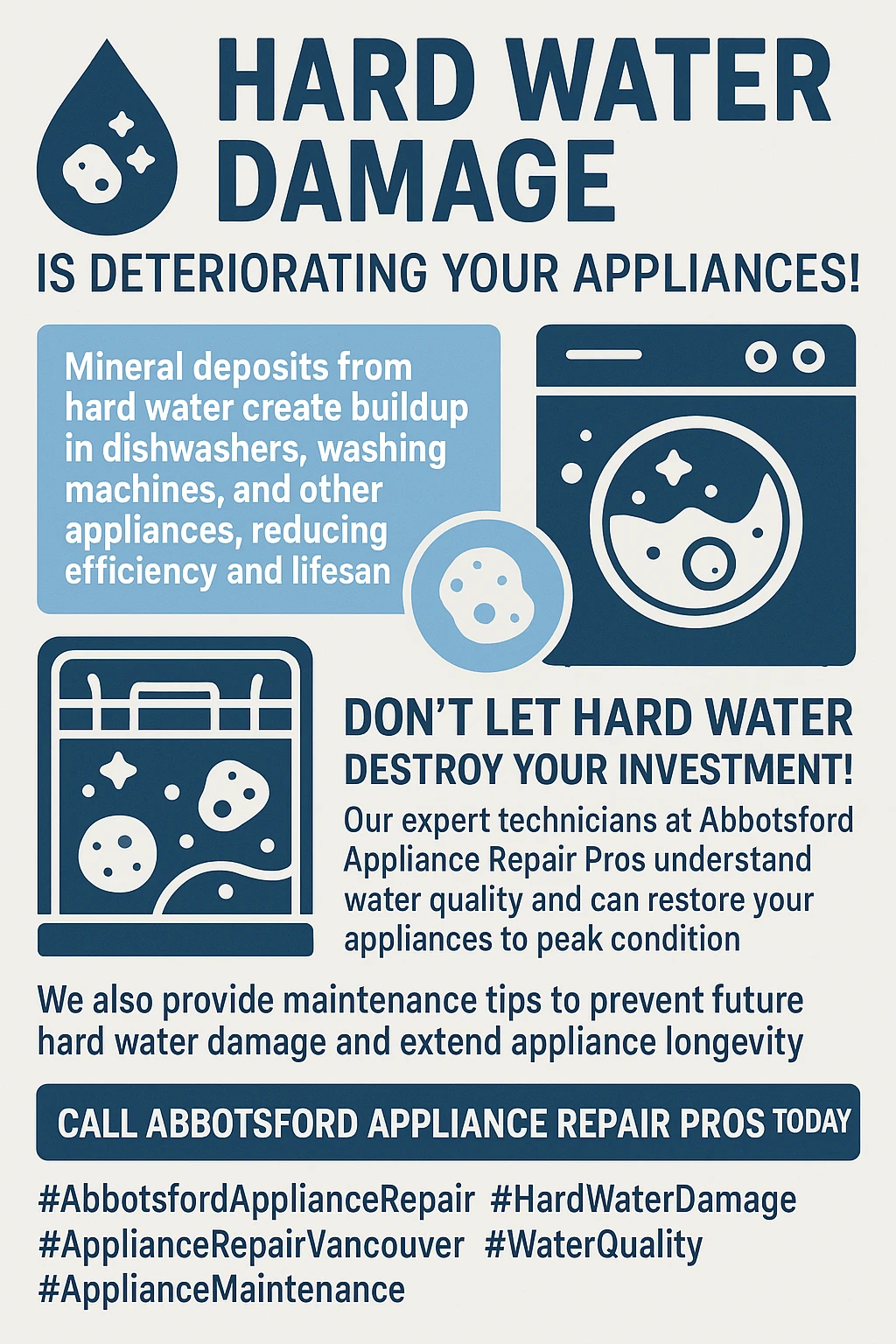
The Science Behind Hard Water Appliance Damage in Abbotsford
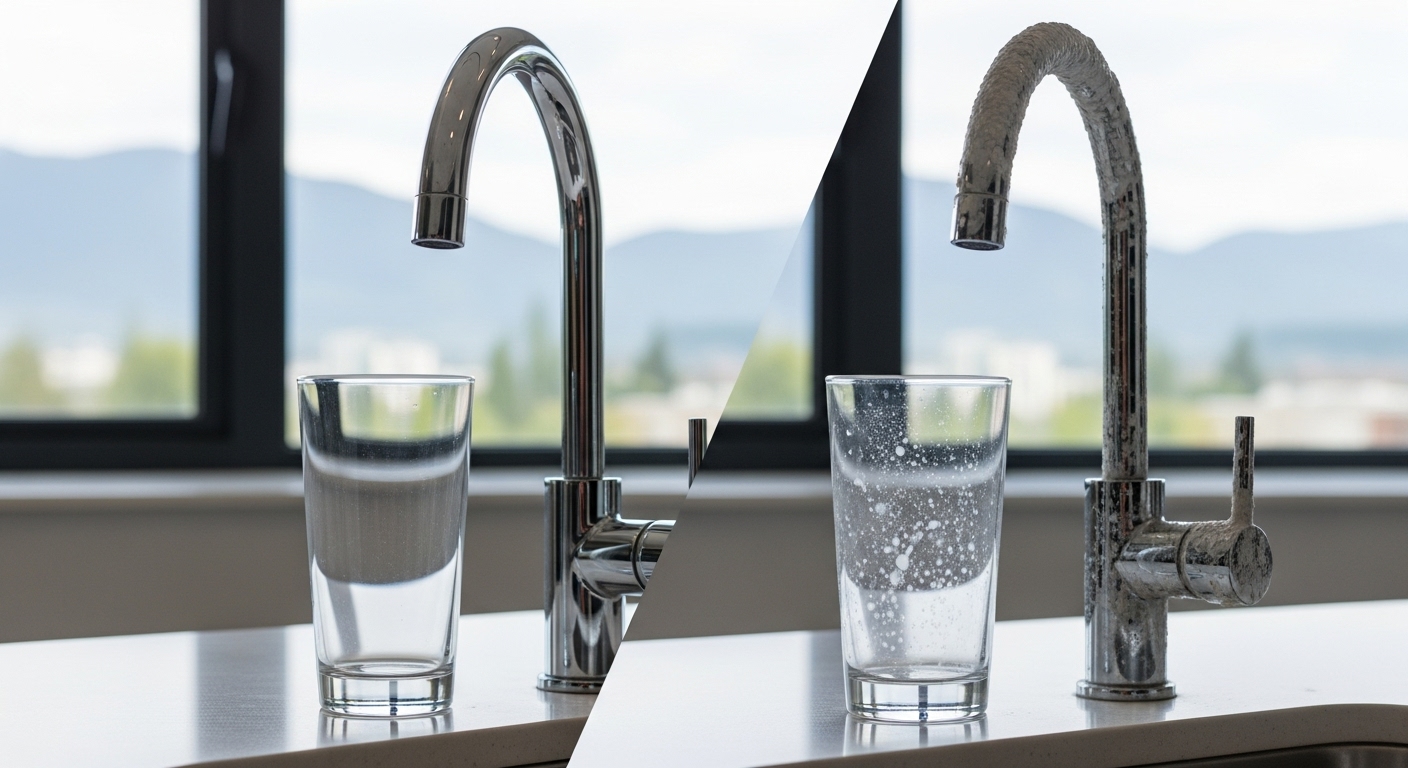
Let me break down what’s actually happening inside your appliances when hard water flows through them – it’s honestly kind of fascinating in a really destructive way. Hard water contains dissolved minerals, mainly calcium and magnesium, that get picked up as water moves through rocks and soil. When this mineral-rich water heats up or evaporates inside your appliances, those minerals don’t just disappear – they stick around and build up layer by layer.
Think of it like plaque on your teeth, but for your dishwasher’s spray arms and your water heater’s heating elements. Every time water flows through, it leaves behind a tiny bit more mineral residue. Over months and years, this creates thick, crusty deposits that block water flow, reduce heat transfer, and force your appliances to work way harder than they’re designed to. The heating process actually accelerates this whole mess – hot water makes calcium carbonate deposits form faster and stick more stubbornly to surfaces.
Here’s where it gets really interesting: those minerals don’t just create physical blockages. They actually mess with your detergents and soaps through a process called ion exchange, creating additional soap scum and residue that gums up moving parts. Your washing machine’s pump has to fight through this buildup, your dishwasher’s sensors get confused by mineral deposits on their surfaces, and your coffee maker’s internal tubes gradually narrow until water barely trickles through.
What most people don’t realize is that heavy mineral buildup can actually interfere with modern appliances’ electronic systems. All those computerized controls and sensors that make today’s appliances so efficient? They can get thrown off by mineral deposits that create electromagnetic interference or physically block their function. I’ve seen dishwashers that run endless cycles because their sensors can’t properly detect water levels through all the scale buildup.
The temperature factor is huge too. Cold water can carry dissolved minerals just fine, but the moment it gets heated – whether in your water heater, dishwasher, or washing machine’s hot wash cycle – those minerals start precipitating out and sticking to every surface they touch. This is why water heaters, which deal with hot water constantly, tend to be the first casualties in the hard water battle.
Abbotsford’s Complex Water Quality Landscape
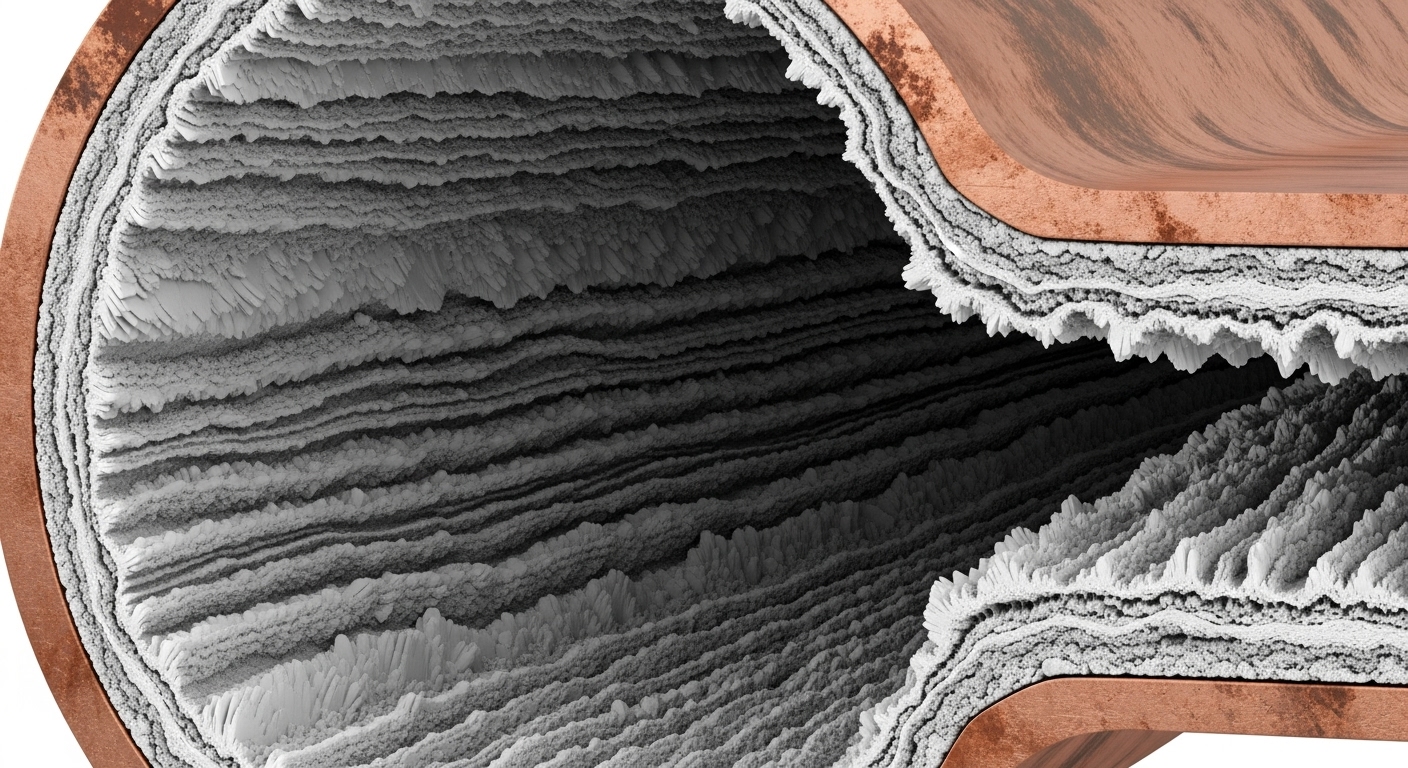
Now, here’s where things get specific to our neck of the woods. Abbotsford’s water system is actually pretty complex compared to most cities – we’re not just getting water from one source and calling it a day. The city pulls 85% of our water from Norrish Creek, another 10% from Cannell Lake, and about 5% from wells scattered around south Abbotsford. This multi-source approach is great for reliability, but it creates some interesting variations in water quality depending on where you live and what’s happening with the system on any given day.
Most of us are getting what’s technically classified as soft water – under 10 parts per million of calcium carbonate, which is pretty darn good. But if you’re living in Sumas Prairie or anywhere south of Highway 1, you might occasionally get a different story. When those backup wells kick in, which happens more often than you’d think, the water hardness can jump up to moderate levels. It’s not like you get a warning text saying “Hey, harder water incoming!” – you just notice your dishes looking spottier or your coffee tasting a bit off.
There’s also this seasonal thing that happens with our water that most people don’t connect to appliance problems. In the fall, Norrish Creek water can develop this yellow-brown tinge from tannins and lignin – basically organic compounds from decomposing leaves and vegetation. While this stuff isn’t harmful, it can interact with mineral content in ways that affect how scale forms inside your appliances.
Here’s something that caught me off guard: Abbotsford uses chloramines for water disinfection instead of straight chlorine. Most people don’t even know this, but chloramines can actually accelerate the corrosive effects of whatever minerals are in the water, especially on older appliances with brass fittings or copper components. It’s like adding an extra kick to the already problematic mineral buildup.
The frustrating part is that your neighbor two blocks away might have completely different water hardness levels than you do, depending on which part of the distribution system serves your area and whether the wells are running that day. I’ve talked to people who swear they don’t have hard water issues, while their friends across town are constantly dealing with scale buildup – and they’re both right, based on what’s actually coming out of their taps.
Appliance-by-Appliance Damage Analysis
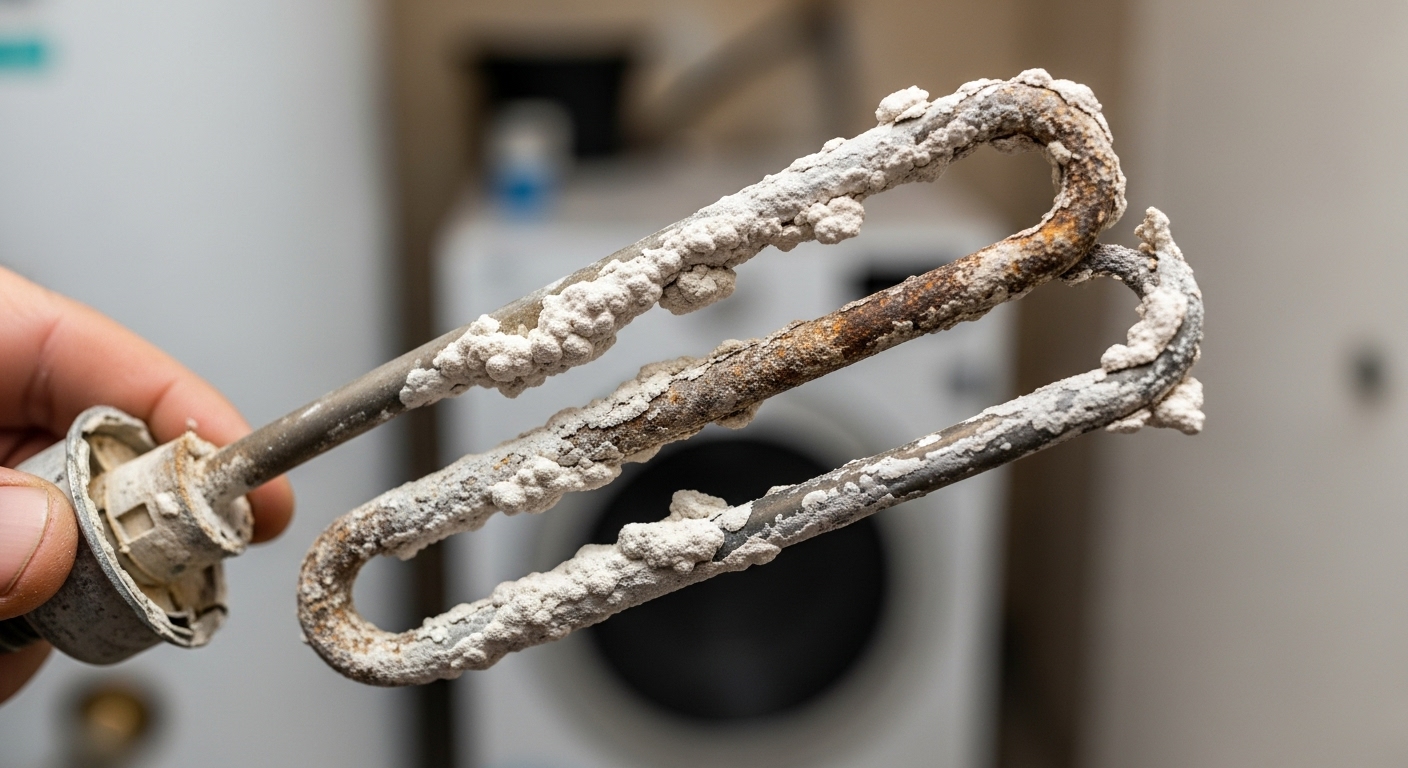
Let’s get specific about what hard water does to each type of appliance, because the damage patterns are different and knowing what to watch for can save you thousands. Water heaters take the biggest beating because they’re basically mineral buildup factories – they heat water constantly, which is like pressing fast-forward on the scale formation process. Research shows that water heaters exposed to hard water can fail as early as 1.6 years old, and even if they don’t die completely, their efficiency tanks by up to 48%.
I learned this the hard way when my electric water heater started taking forever to heat water and my energy bills went through the roof. Turns out, the heating elements were coated in so much scale that they could barely transfer heat to the water. Instead of the expected 13-year lifespan for electric units, hard water cuts that down to just 6.5 years on average. Gas units drop from 11 years to 5.5 years – still terrible, but slightly better since the flame heats the tank externally rather than having elements inside the water.
Dishwashers show their hard water damage in ways you can actually see – those white spots
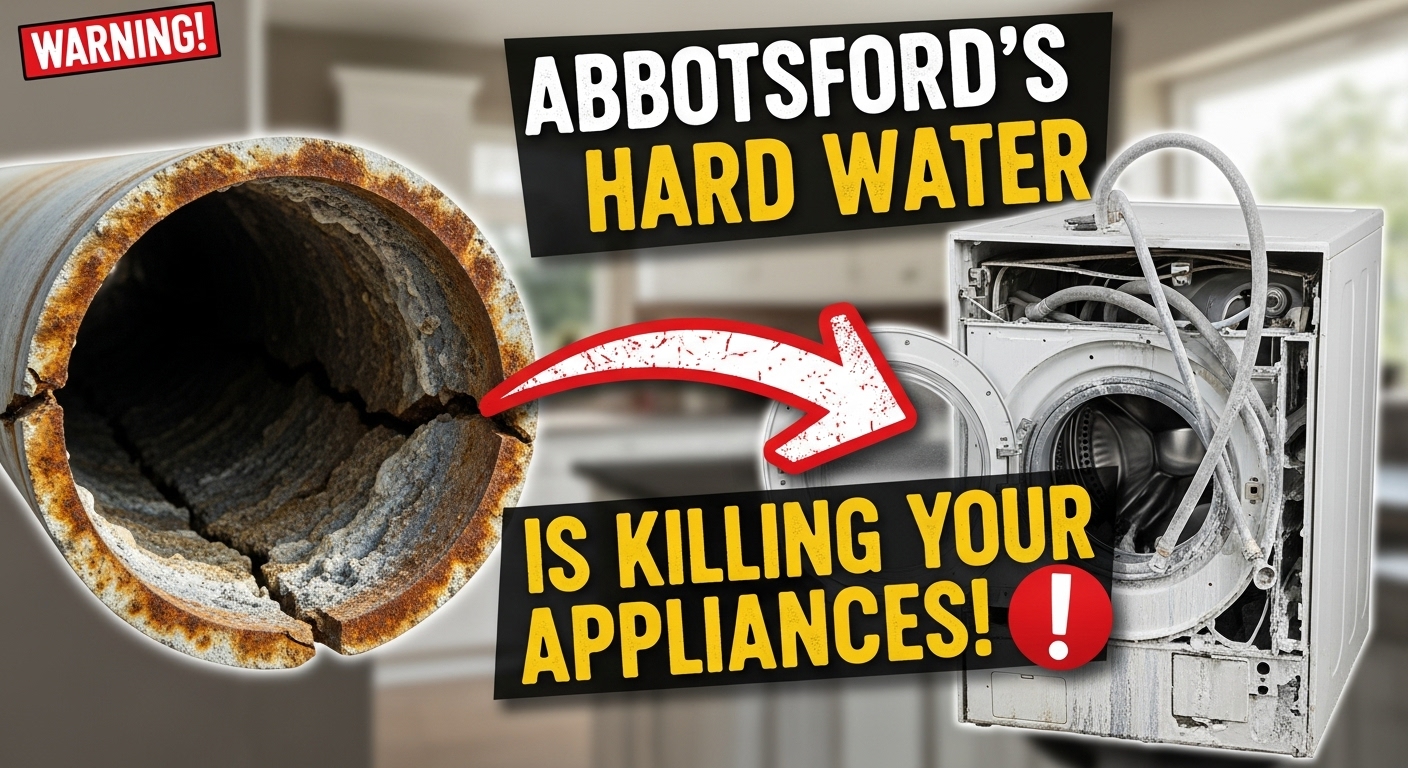

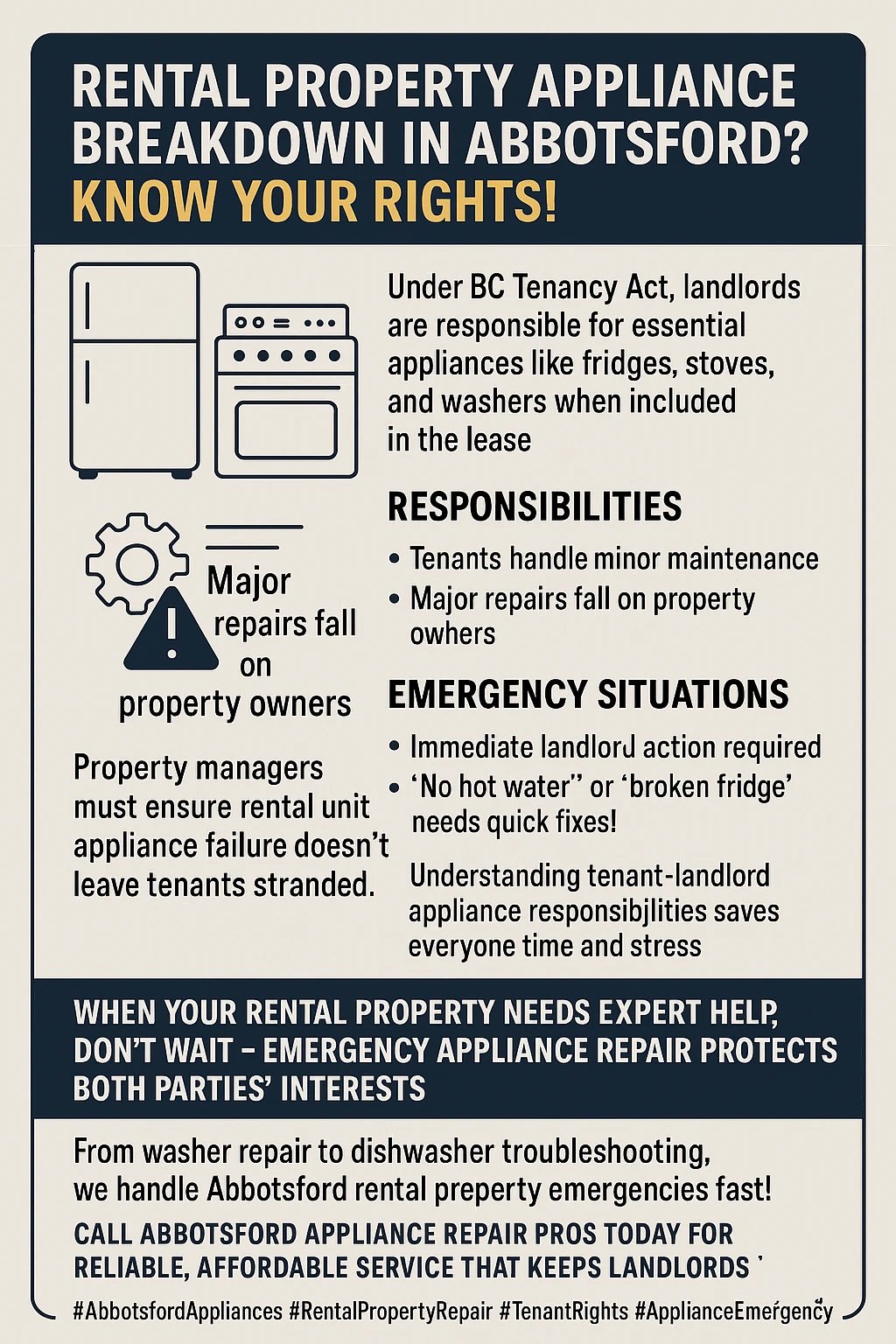
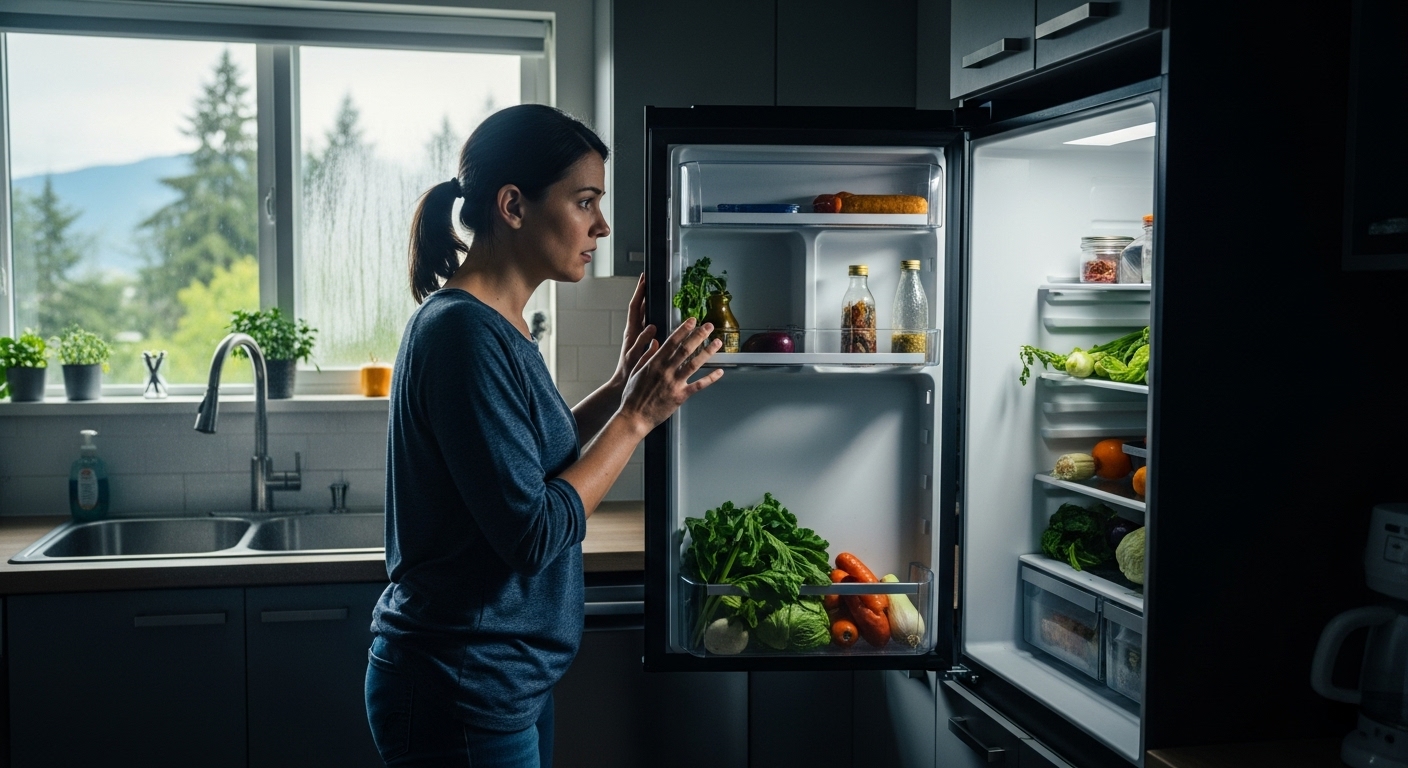

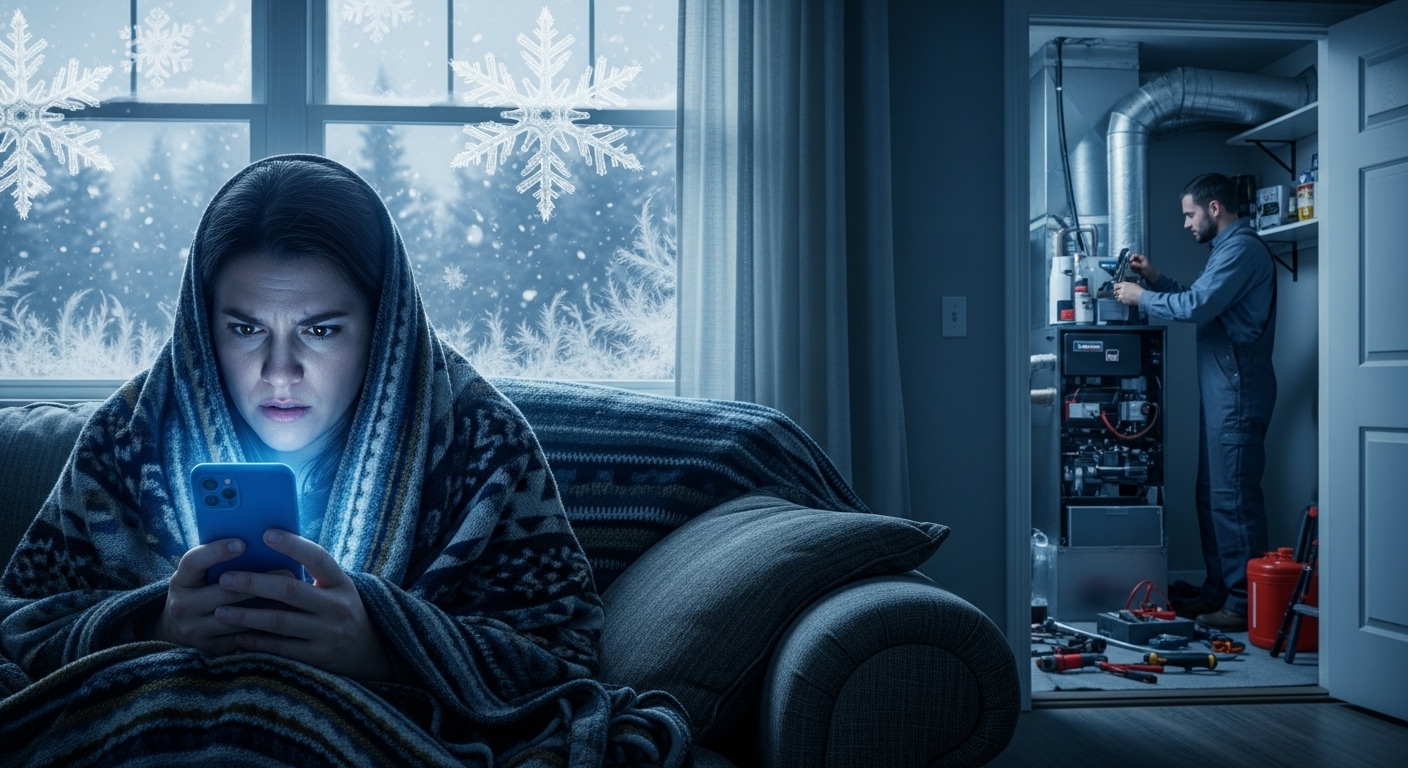
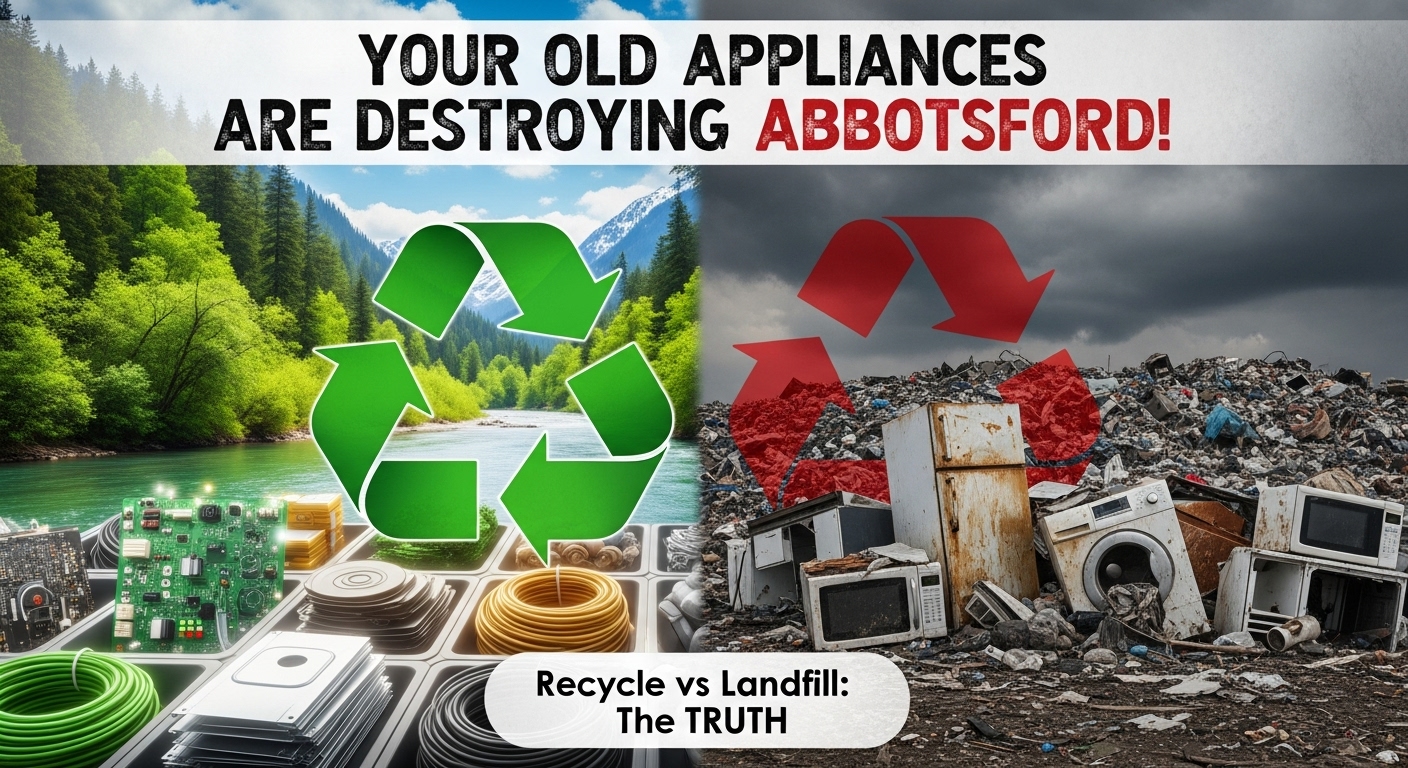

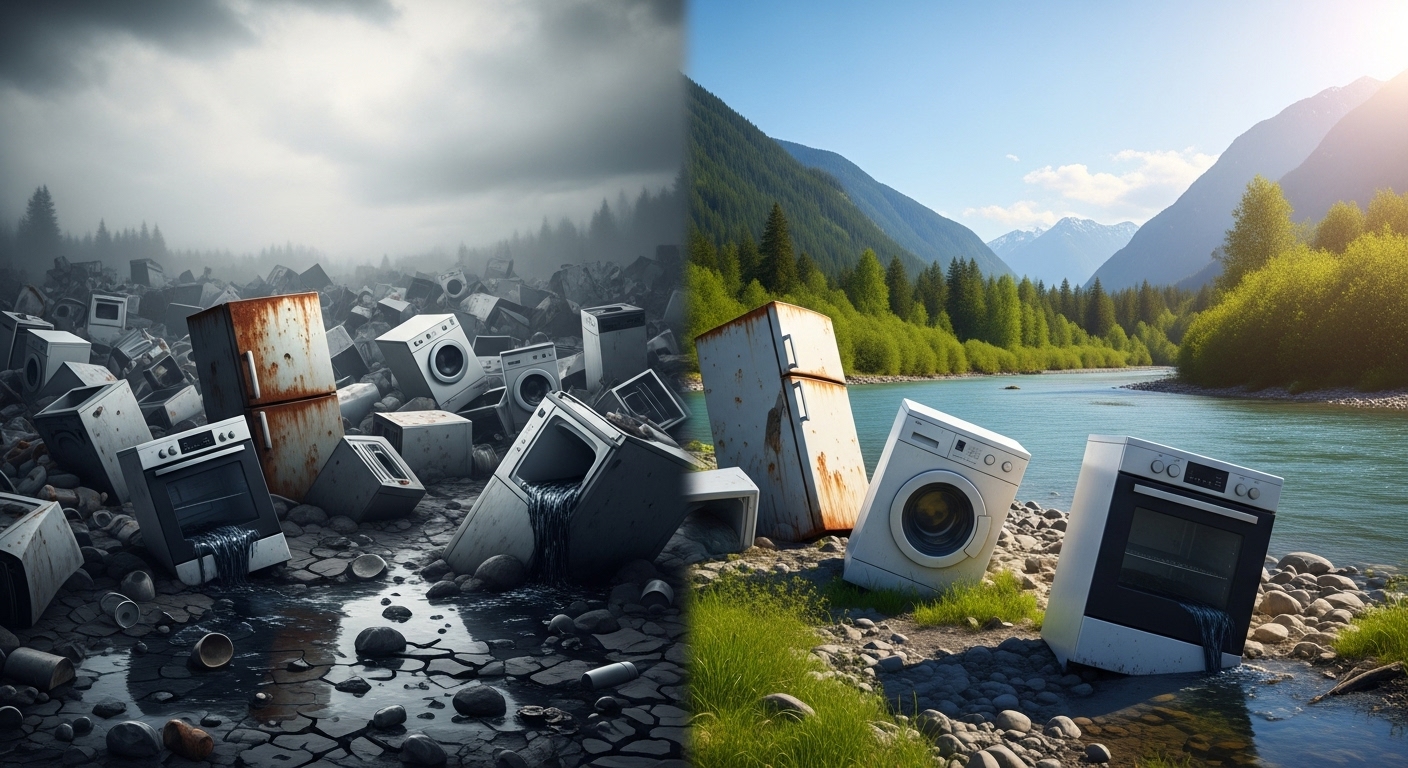
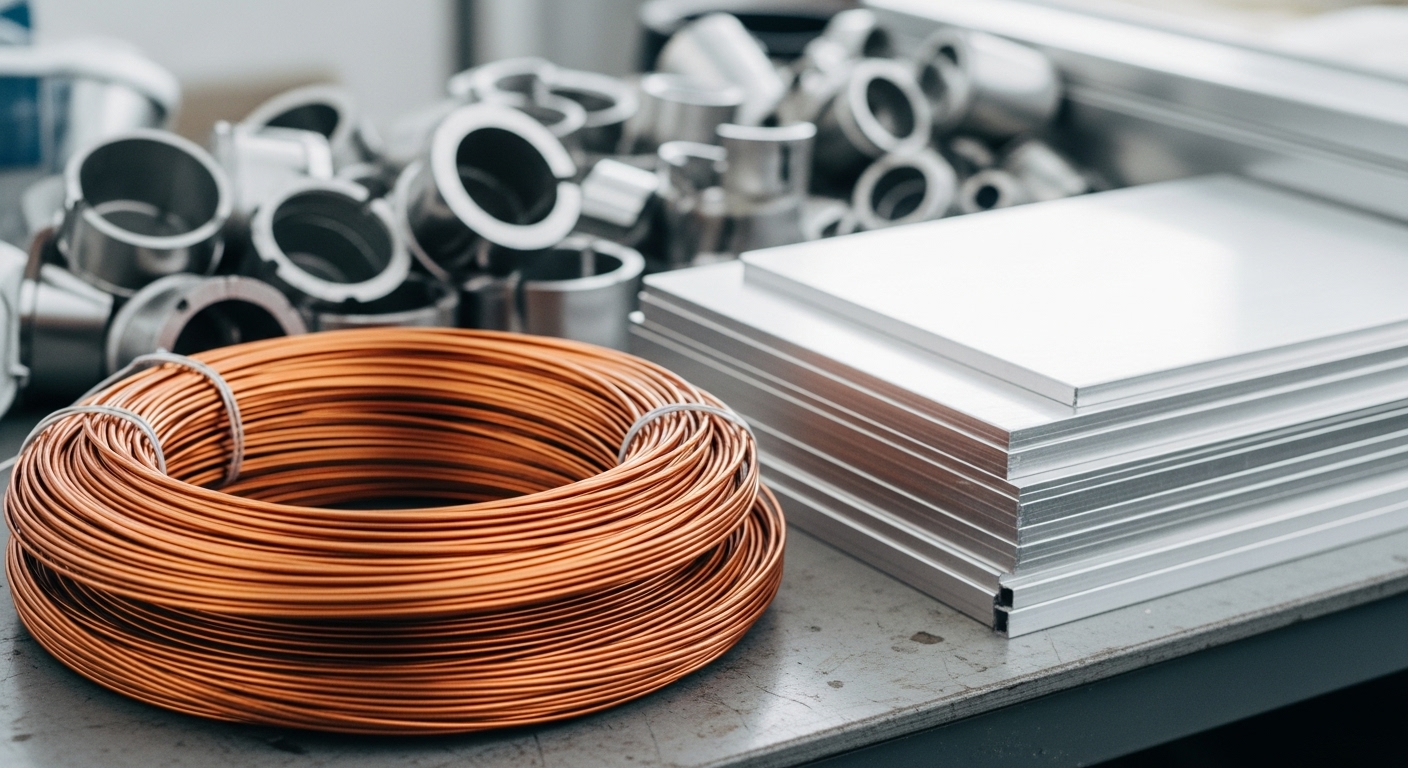
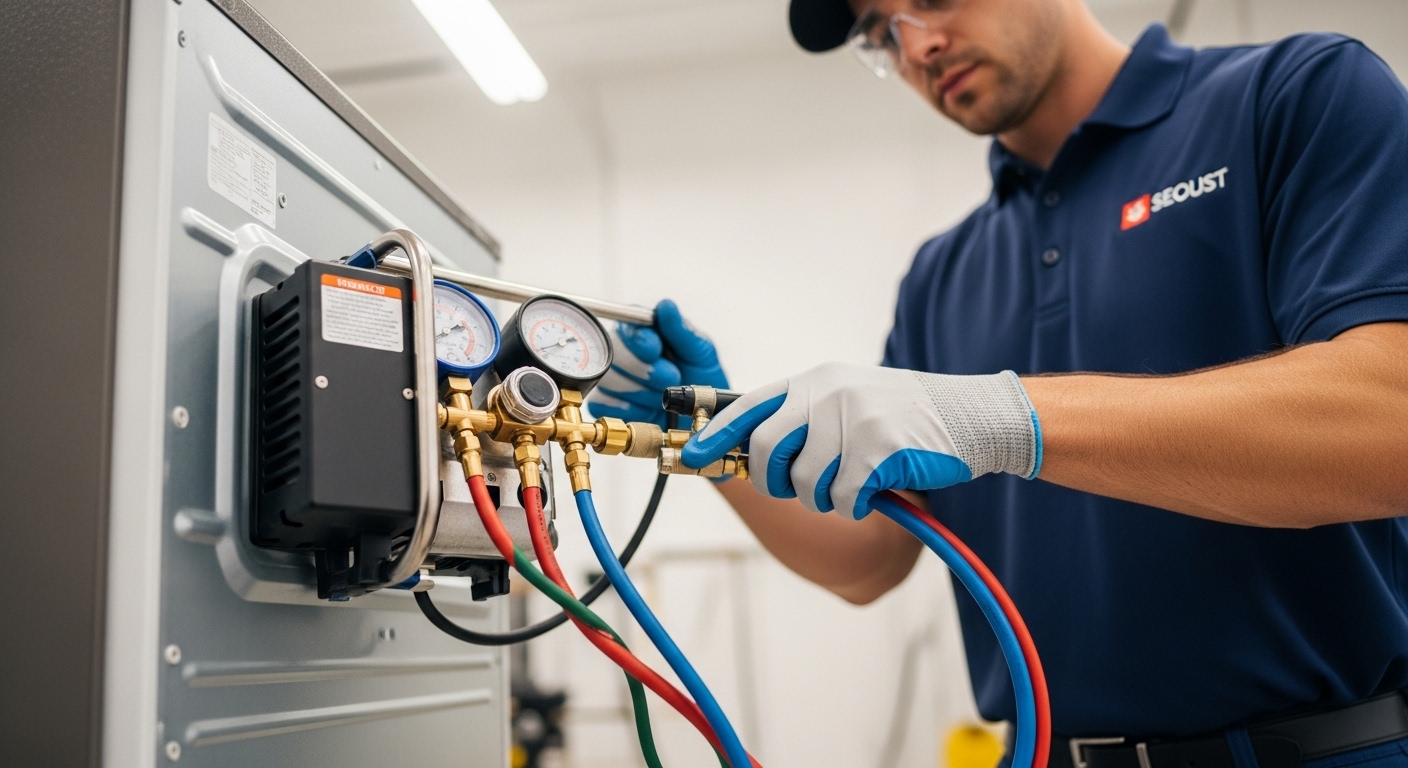

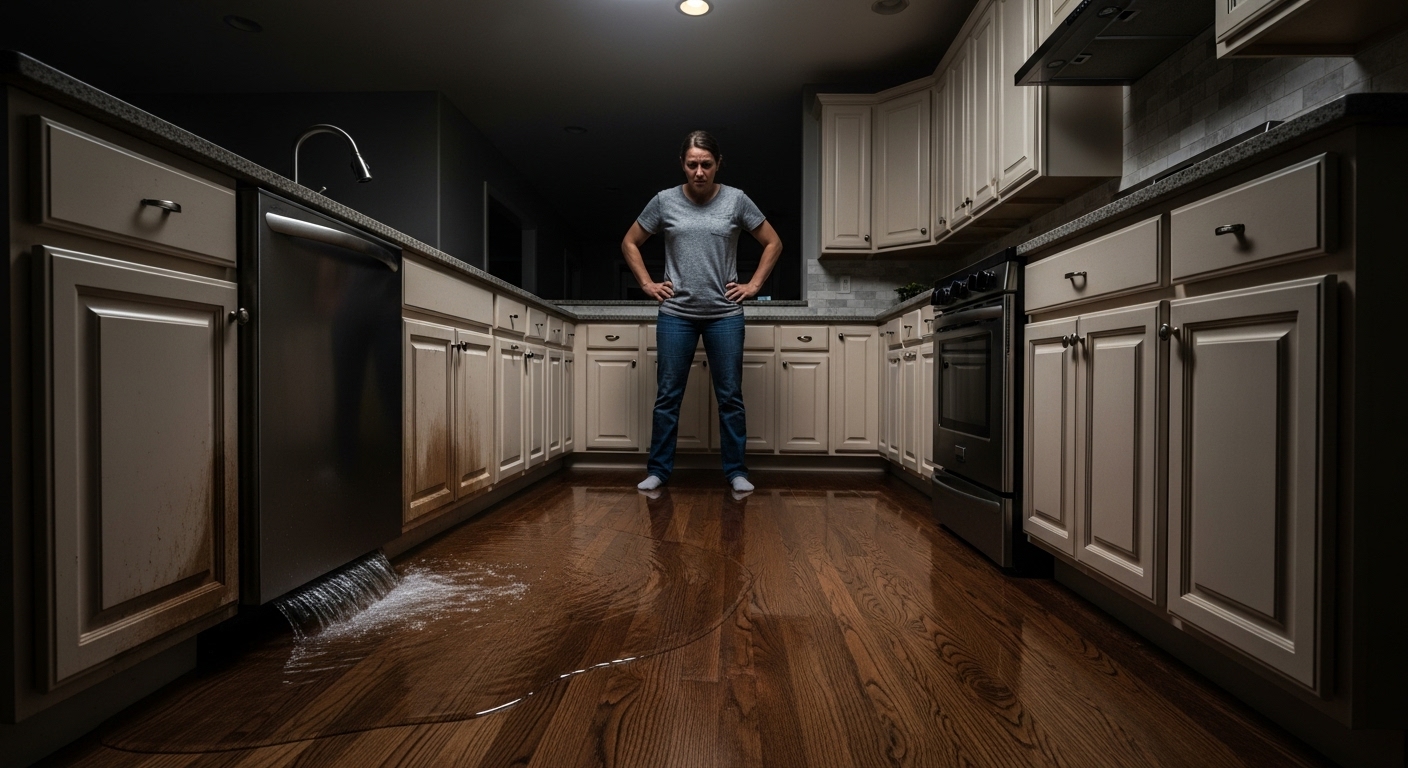 The math is brutal but simple: professional appliance installation typically costs between $123 and $299, while DIY mistakes average three to five times more in repair costs. But here’s the kicker – that’s just the beginning. When you factor in voided warranties, insurance exclusions, safety hazards, and potential code violations, the true cost of amateur installation attempts can easily reach tens of thousands of dollars. In British Columbia, where gas appliances legally require certified installers, DIY attempts aren’t just expensive – they’re actually illegal and can result in fines, insurance denials, and liability for damages.
The math is brutal but simple: professional appliance installation typically costs between $123 and $299, while DIY mistakes average three to five times more in repair costs. But here’s the kicker – that’s just the beginning. When you factor in voided warranties, insurance exclusions, safety hazards, and potential code violations, the true cost of amateur installation attempts can easily reach tens of thousands of dollars. In British Columbia, where gas appliances legally require certified installers, DIY attempts aren’t just expensive – they’re actually illegal and can result in fines, insurance denials, and liability for damages.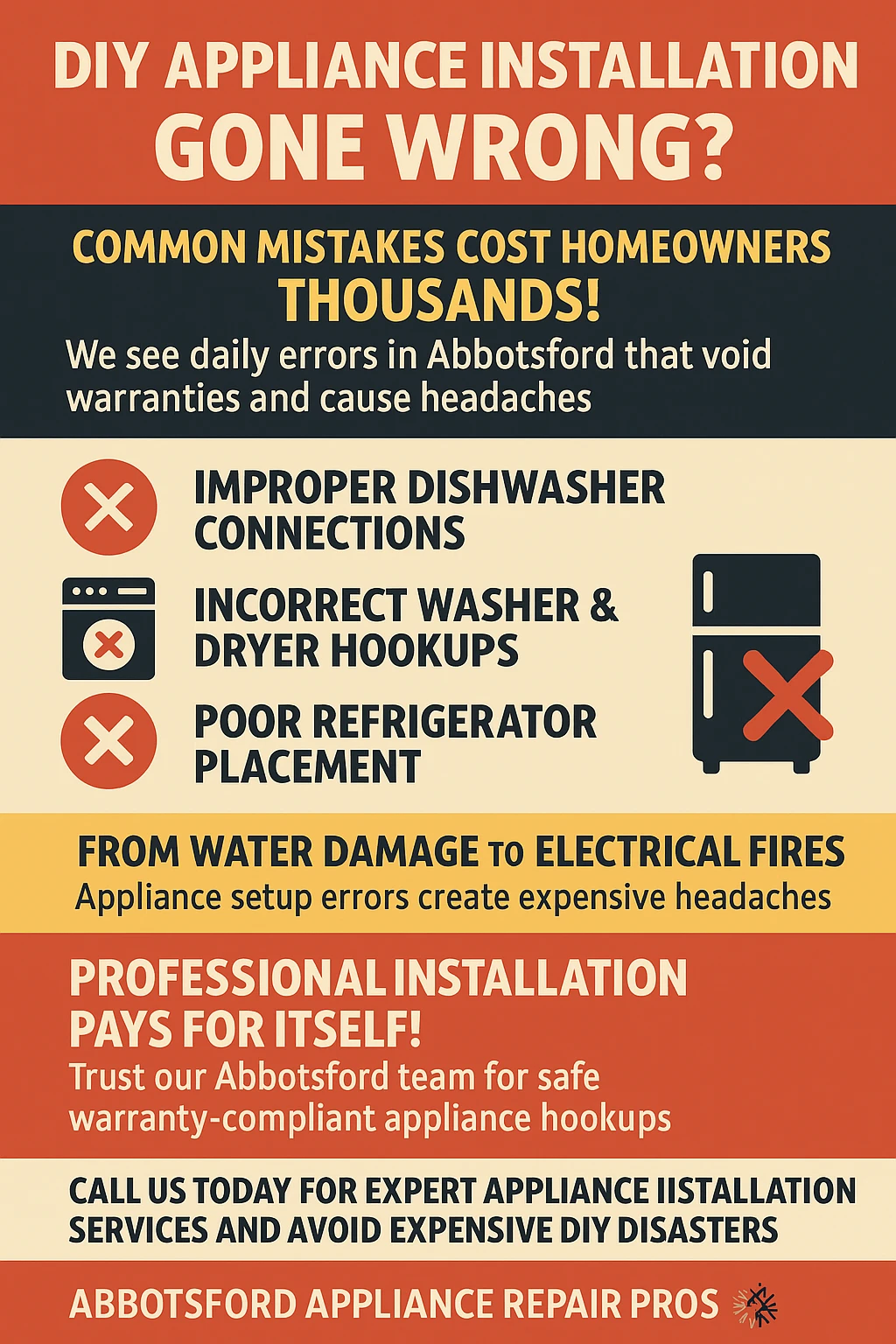
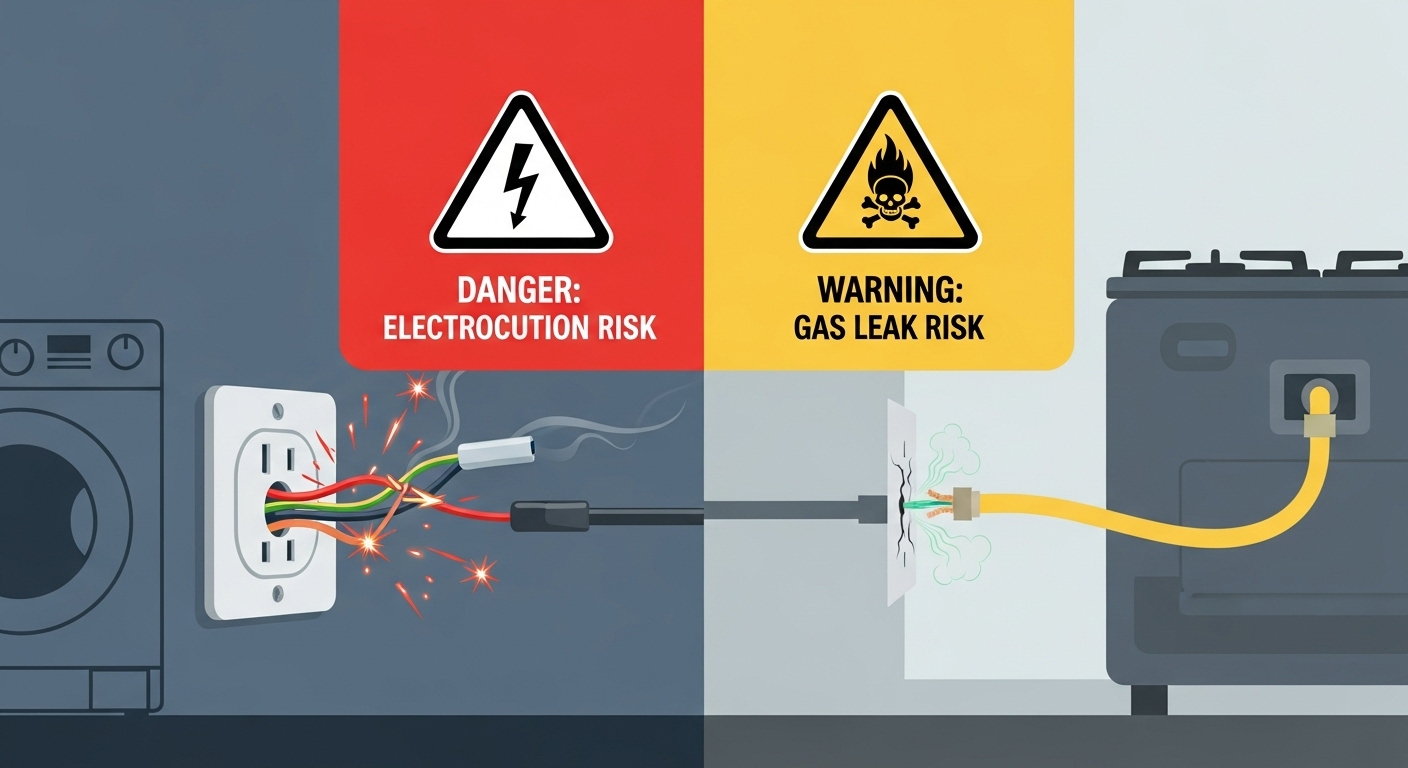 Large household appliances account for 10% of all home-related electrocutions, contributing to over 400 deaths and 4,000 non-fatal electrical injuries annually. These aren’t abstract statistics – they represent families destroyed by preventable accidents during amateur installation attempts. Modern appliances contain high-voltage components that can deliver fatal electrical shocks even when they appear to be disconnected from power. Professional installers receive extensive training on electrical safety protocols and carry specialized tools designed to protect them from these hazards.The electrical dangers extend far beyond the installation process itself. Improperly wired appliances can create arc faults that smolder undetected inside walls before erupting into house fires. Kitchen fires represent over 50% of domestic appliance-related blazes, making proper installation absolutely critical for family safety. When professional installers wire your appliances, they ensure proper grounding, adequate circuit protection, and compliance with electrical codes that prevent these tragic outcomes.Gas appliances present even more terrifying risks through the potential for explosions and carbon monoxide poisoning. In British Columbia, only certified gas fitters are legally permitted to install, alter, or repair gas appliances and gas lines. This isn’t bureaucratic red tape – it’s a life-saving regulation that exists because improper gas installations kill people. Even small mistakes in gas line connections can fill homes with explosive vapors or produce carbon monoxide, a colorless, odorless gas that kills without warning.
Large household appliances account for 10% of all home-related electrocutions, contributing to over 400 deaths and 4,000 non-fatal electrical injuries annually. These aren’t abstract statistics – they represent families destroyed by preventable accidents during amateur installation attempts. Modern appliances contain high-voltage components that can deliver fatal electrical shocks even when they appear to be disconnected from power. Professional installers receive extensive training on electrical safety protocols and carry specialized tools designed to protect them from these hazards.The electrical dangers extend far beyond the installation process itself. Improperly wired appliances can create arc faults that smolder undetected inside walls before erupting into house fires. Kitchen fires represent over 50% of domestic appliance-related blazes, making proper installation absolutely critical for family safety. When professional installers wire your appliances, they ensure proper grounding, adequate circuit protection, and compliance with electrical codes that prevent these tragic outcomes.Gas appliances present even more terrifying risks through the potential for explosions and carbon monoxide poisoning. In British Columbia, only certified gas fitters are legally permitted to install, alter, or repair gas appliances and gas lines. This isn’t bureaucratic red tape – it’s a life-saving regulation that exists because improper gas installations kill people. Even small mistakes in gas line connections can fill homes with explosive vapors or produce carbon monoxide, a colorless, odorless gas that kills without warning.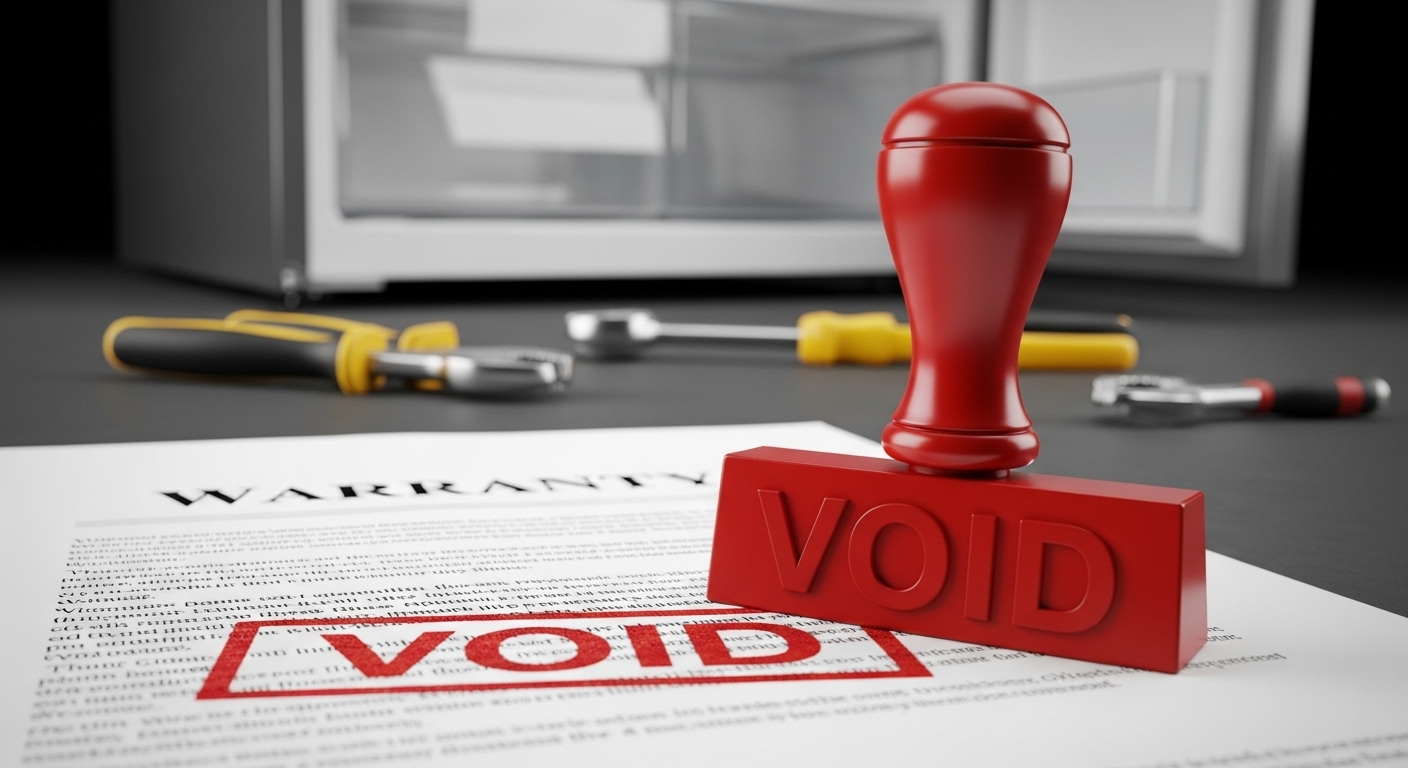 When you void your appliance warranty through DIY installation, you’re not just losing coverage for installation-related problems. You’re forfeiting protection for any future failures, defects, or malfunctions that would normally be covered under manufacturer guarantees. For premium appliances that can cost thousands of dollars, this warranty protection represents significant financial value that often exceeds the cost of professional installation several times over.The warranty loss becomes particularly painful when you consider that improperly installed appliances experience higher failure rates and reduced service life. An appliance that should last 10-12 years with proper installation might fail after just 5-7 years when installed incorrectly. You’re not just paying for repairs out of pocket – you’re replacing appliances years earlier than necessary, multiplying the financial impact of your initial installation decision.Professional installation provides additional warranty coverage that DIY installation cannot match. Quality installers offer warranties on their workmanship, ensuring that any issues arising from the installation process itself are corrected at no cost to you. This dual-layer protection – manufacturer warranty on the appliance and installer warranty on the labor – offers a comprehensive safety net that DIY attempts simply cannot replicate. Attempting to save a few hundred dollars on installation at the cost of thousands in warranty protection is a financial gamble that rarely pays off for homeowners.
When you void your appliance warranty through DIY installation, you’re not just losing coverage for installation-related problems. You’re forfeiting protection for any future failures, defects, or malfunctions that would normally be covered under manufacturer guarantees. For premium appliances that can cost thousands of dollars, this warranty protection represents significant financial value that often exceeds the cost of professional installation several times over.The warranty loss becomes particularly painful when you consider that improperly installed appliances experience higher failure rates and reduced service life. An appliance that should last 10-12 years with proper installation might fail after just 5-7 years when installed incorrectly. You’re not just paying for repairs out of pocket – you’re replacing appliances years earlier than necessary, multiplying the financial impact of your initial installation decision.Professional installation provides additional warranty coverage that DIY installation cannot match. Quality installers offer warranties on their workmanship, ensuring that any issues arising from the installation process itself are corrected at no cost to you. This dual-layer protection – manufacturer warranty on the appliance and installer warranty on the labor – offers a comprehensive safety net that DIY attempts simply cannot replicate. Attempting to save a few hundred dollars on installation at the cost of thousands in warranty protection is a financial gamble that rarely pays off for homeowners.